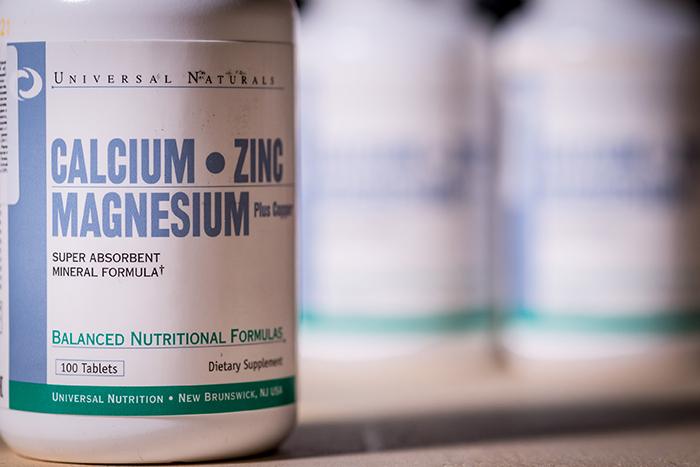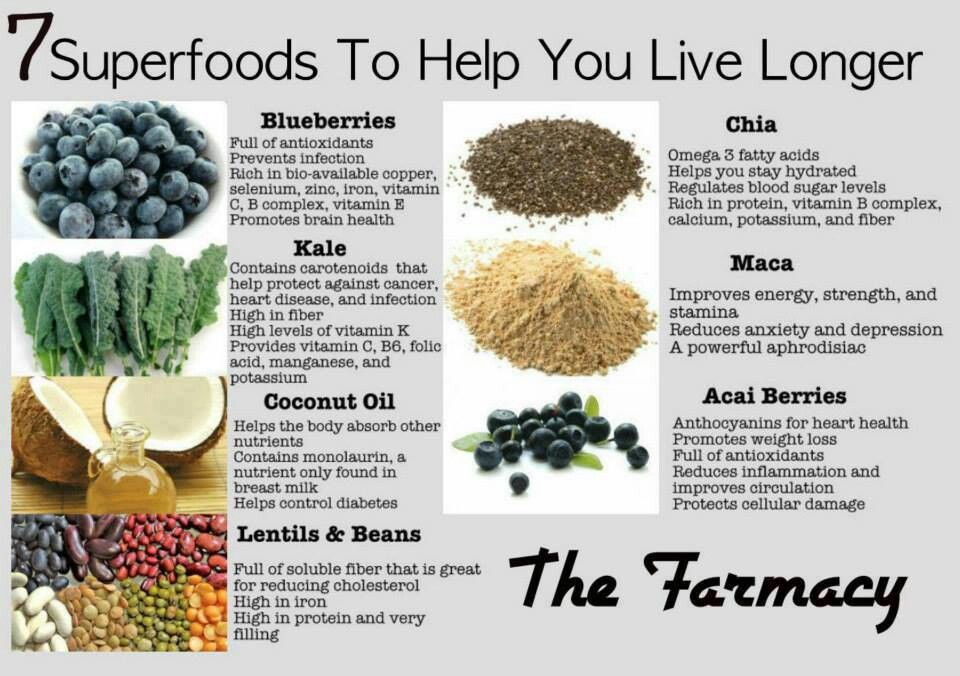What helps calcium absorb. Optimizing Calcium Absorption: Essential Guide to Calcium and Vitamin D Intake
How much calcium and vitamin D do you need daily. What are the best sources of calcium and vitamin D. Can you get too much calcium and vitamin D. How does vitamin D help calcium absorption. Who is at risk for calcium and vitamin D deficiency.
The Vital Role of Calcium and Vitamin D in Human Health
Calcium and vitamin D play crucial roles in maintaining overall health, particularly for bones and muscles. These nutrients work in tandem to ensure optimal bodily functions. But why exactly are they so important?
Calcium is the primary building block of bones and teeth. It’s also essential for muscle function, including the heart. Vitamin D, on the other hand, is crucial for calcium absorption. Without adequate vitamin D, the body cannot effectively utilize calcium, regardless of how much is consumed.
Insufficient intake of these nutrients over time can lead to serious health issues. One of the most significant concerns is osteoporosis, a condition characterized by thin and brittle bones that are prone to fractures. This underscores the importance of maintaining adequate calcium and vitamin D levels throughout life, from childhood to adulthood and into senior years.
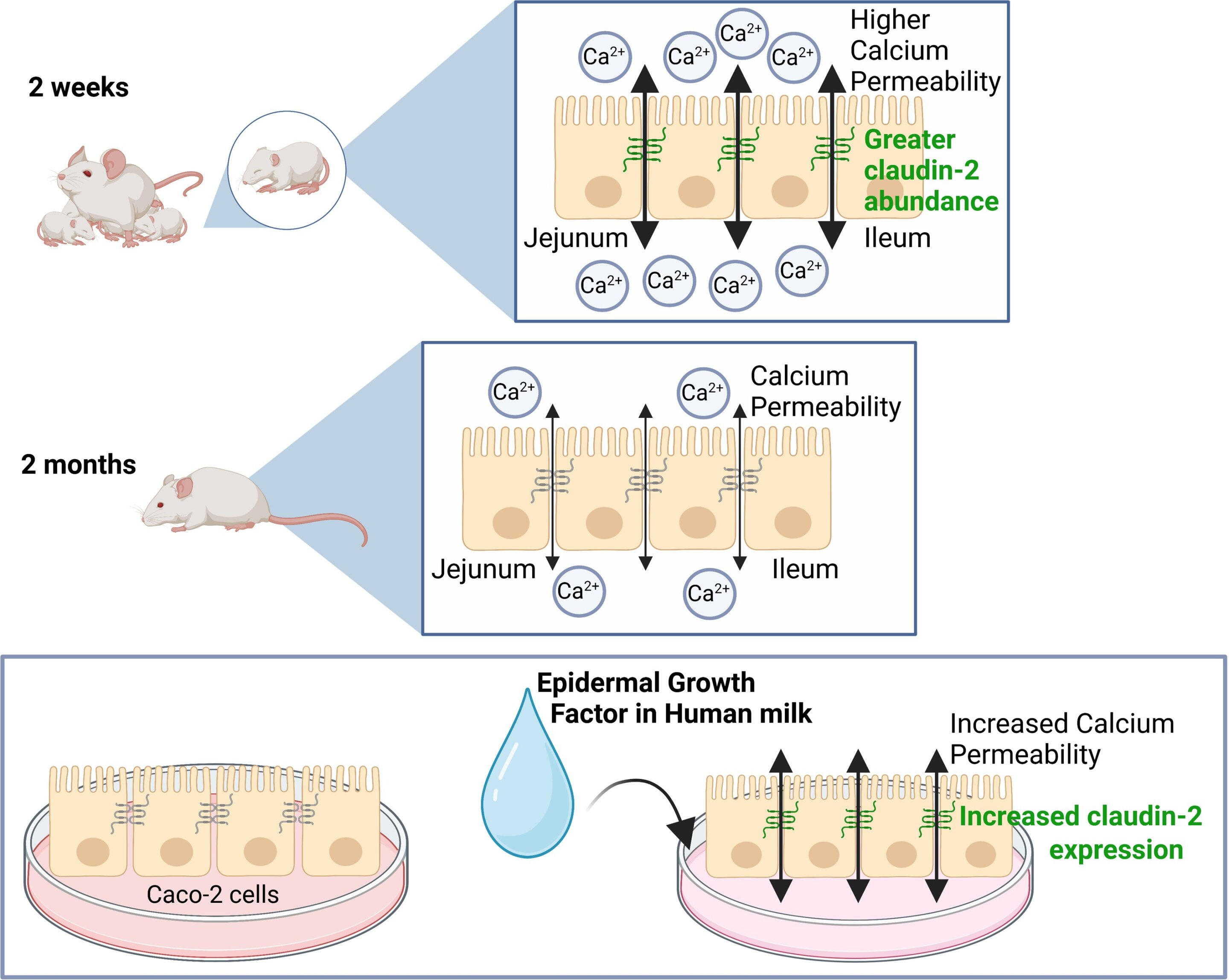
Recommended Daily Intake of Calcium and Vitamin D
The recommended daily intake of calcium and vitamin D varies based on age and gender. Here’s a breakdown of the recommendations:
- Ages 1-3: 700 mg calcium, 600 IU vitamin D
- Ages 4-8: 1,000 mg calcium, 600 IU vitamin D
- Ages 9-18: 1,300 mg calcium, 600 IU vitamin D
- Ages 19-50: 1,000 mg calcium, 600 IU vitamin D
- Males 51-70: 1,000 mg calcium, 600 IU vitamin D
- Females 51-70: 1,200 mg calcium, 600 IU vitamin D
- 71 and older: 1,200 mg calcium, 800 IU vitamin D
It’s important to note that pregnant and breastfeeding women require the same amount of calcium and vitamin D as other women in their age group.
Identifying Groups at Risk for Calcium and Vitamin D Deficiency
While most people get enough calcium, certain groups may be at risk for vitamin D deficiency. These include:
- Individuals with dark skin, such as many African Americans
- People over 65 years old
- Those with digestive disorders like Crohn’s disease or celiac disease
- Individuals with liver or kidney disease
Girls aged 9-18 may need additional calcium from their diet to meet daily recommendations. In cases where dietary intake is insufficient, calcium supplements may be necessary.
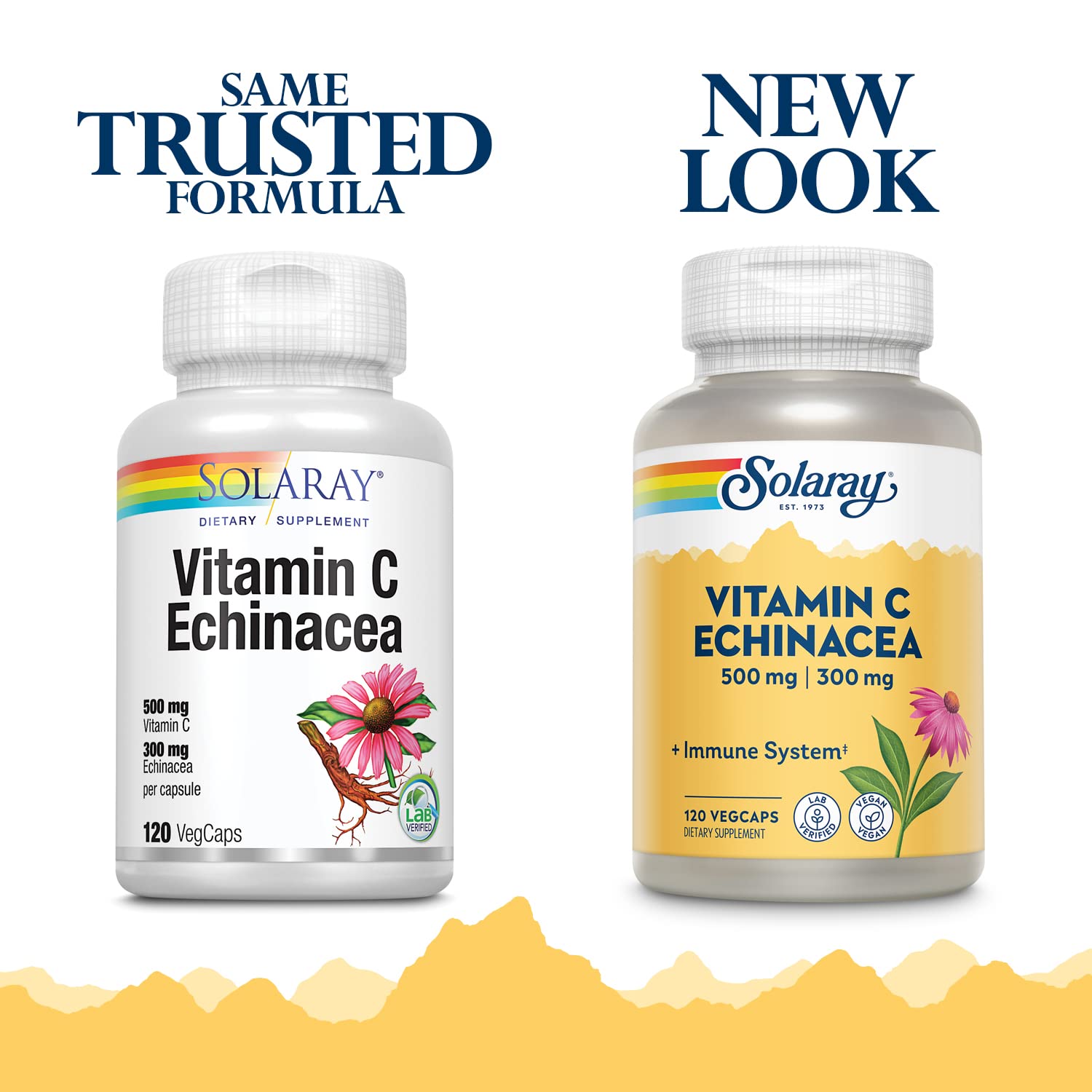
Vitamin D Blood Tests: Understanding the Results
Blood tests can determine vitamin D levels, but there’s no universally accepted standard range. Generally, levels between 20 to 50 ng/mL are considered sufficient. However, it’s essential to consult with a healthcare provider for personalized interpretation of results.
Natural Sources of Calcium and Vitamin D
Obtaining calcium and vitamin D through diet is the most natural and beneficial approach. Here are some excellent food sources:
Calcium-Rich Foods
- Dairy products: milk, cheese, yogurt
- Green vegetables: broccoli, kale, Chinese cabbage
- Canned fish with soft, edible bones: sardines, salmon
- Fortified foods: some cereals, juices, soy drinks, tofu
Vitamin D-Rich Foods
- Fatty fish: salmon, tuna, mackerel
- Egg yolks
- Beef liver
- Fortified foods: milk, some cereals, orange juices, yogurts, margarines, soy drinks
In addition to dietary sources, the body can produce vitamin D when skin is exposed to sunlight. However, factors such as skin pigmentation, age, and geographic location can affect this process.
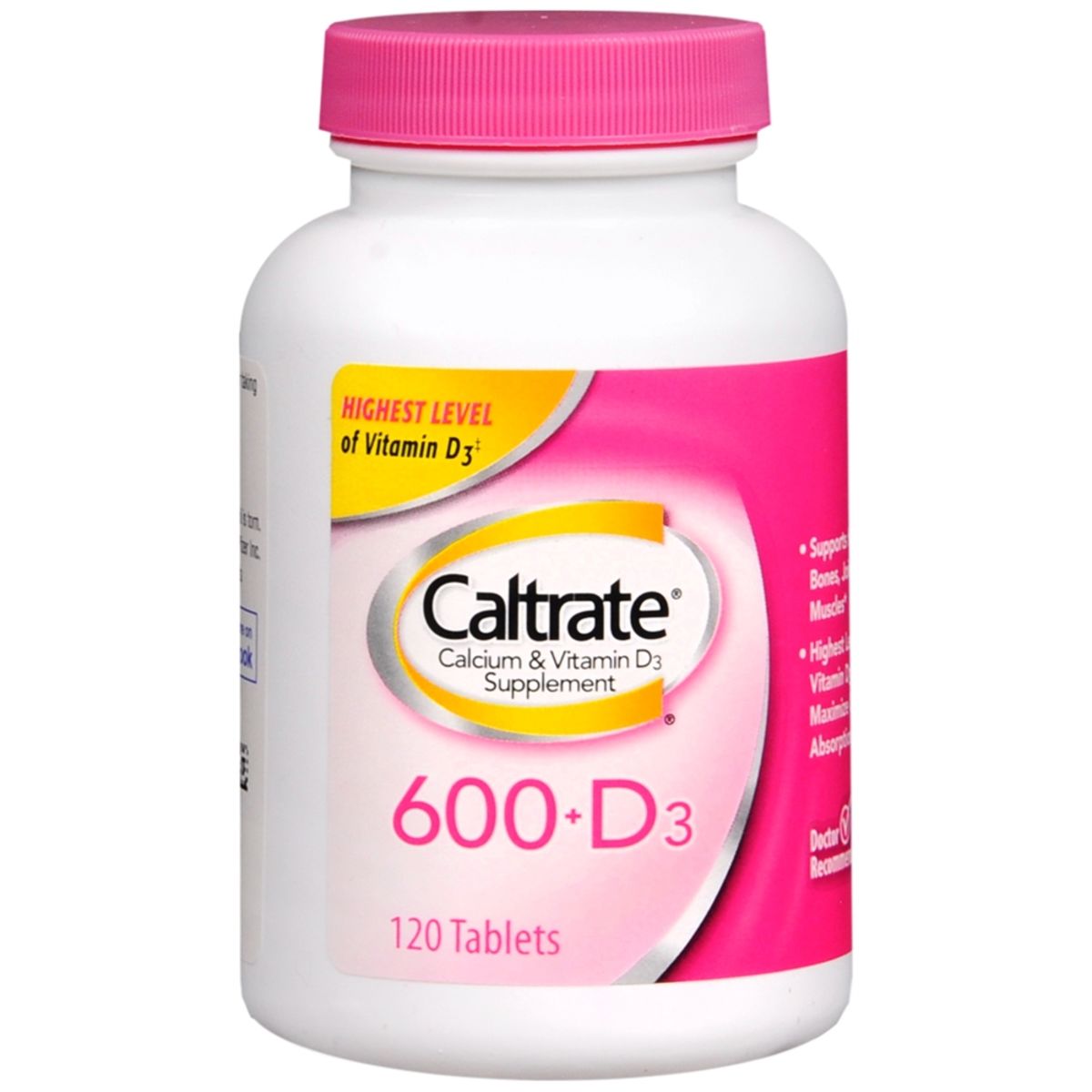
Supplementation: When and How to Use Calcium and Vitamin D Supplements
For individuals unable to meet their calcium and vitamin D needs through diet alone, supplements may be necessary. Here are some key points to consider:
Calcium Supplements
- Available as citrate or carbonate
- Calcium carbonate is best absorbed when taken with food
- Calcium citrate can be absorbed well with or without food
- Limit intake to 500 mg per dose for better absorption
- Spread doses throughout the day to reduce stomach upset and improve absorption
Vitamin D Supplements
- Available as ergocalciferol (D2) or cholecalciferol (D3)
- Can be taken with or without food
Always consult with a healthcare provider before starting any supplement regimen, as individual needs may vary.
Potential Risks of Excessive Calcium and Vitamin D Intake
While calcium and vitamin D are essential for health, excessive intake can lead to adverse effects. The upper limit intake varies by age:
- Ages 1-3: 2,500 mg calcium, 2,500 IU vitamin D
- Ages 4-8: 2,500 mg calcium, 3,000 IU vitamin D
- Ages 9-18: 3,000 mg calcium, 4,000 IU vitamin D
- Ages 19-50: 2,500 mg calcium, 4,000 IU vitamin D
- 51 and older: 2,000 mg calcium, 4,000 IU vitamin D
It’s crucial to note that these upper limits represent the maximum safe intake from all sources combined, including food, supplements, and sun exposure. Most people do not need to aim for these upper limits; they are simply guidelines for safety.
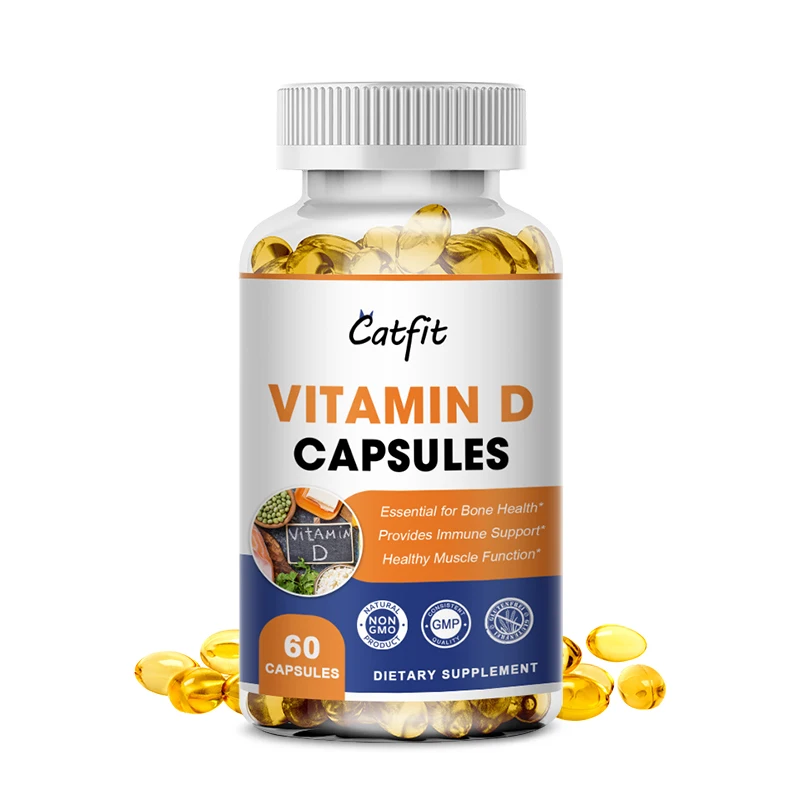
Strategies for Enhancing Calcium Absorption
Maximizing calcium absorption is key to reaping its full benefits. Here are some strategies to enhance absorption:
- Pair calcium-rich foods with vitamin D sources
- Consume calcium in smaller doses throughout the day
- Include vitamin K-rich foods in your diet, such as leafy greens
- Engage in weight-bearing exercises to stimulate bone health
- Limit consumption of foods that can interfere with calcium absorption, such as high-oxalate foods
By implementing these strategies, you can optimize your body’s ability to utilize calcium effectively.
The Impact of Lifestyle Factors on Calcium and Vitamin D Status
Various lifestyle factors can influence calcium and vitamin D levels in the body. Understanding these factors can help individuals make informed decisions about their diet and supplementation needs.
Sunlight Exposure and Vitamin D Production
Sunlight exposure is a crucial factor in vitamin D production. However, several elements can affect this process:
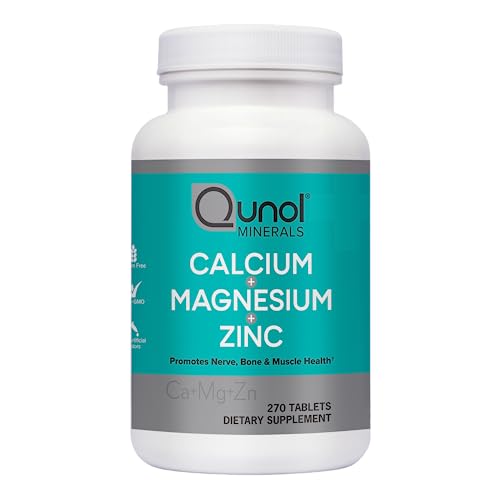
- Geographical location: Those living in northern latitudes may have limited sun exposure, especially during winter months
- Use of sunscreen: While important for skin protection, sunscreen can inhibit vitamin D production
- Clothing choices: Covering large portions of skin can reduce vitamin D synthesis
- Time spent indoors: Modern lifestyles often limit sun exposure
Dietary Habits and Nutrient Absorption
Certain dietary habits can impact calcium and vitamin D absorption:
- High caffeine intake: Excessive caffeine consumption can increase calcium excretion
- Alcohol consumption: Regular, heavy drinking can interfere with vitamin D metabolism
- High sodium intake: Excessive sodium can increase calcium excretion through urine
- Vegetarian and vegan diets: These may require careful planning to ensure adequate calcium and vitamin D intake
Physical Activity and Bone Health
Regular physical activity, particularly weight-bearing exercises, can enhance bone density and improve calcium utilization. Examples include:
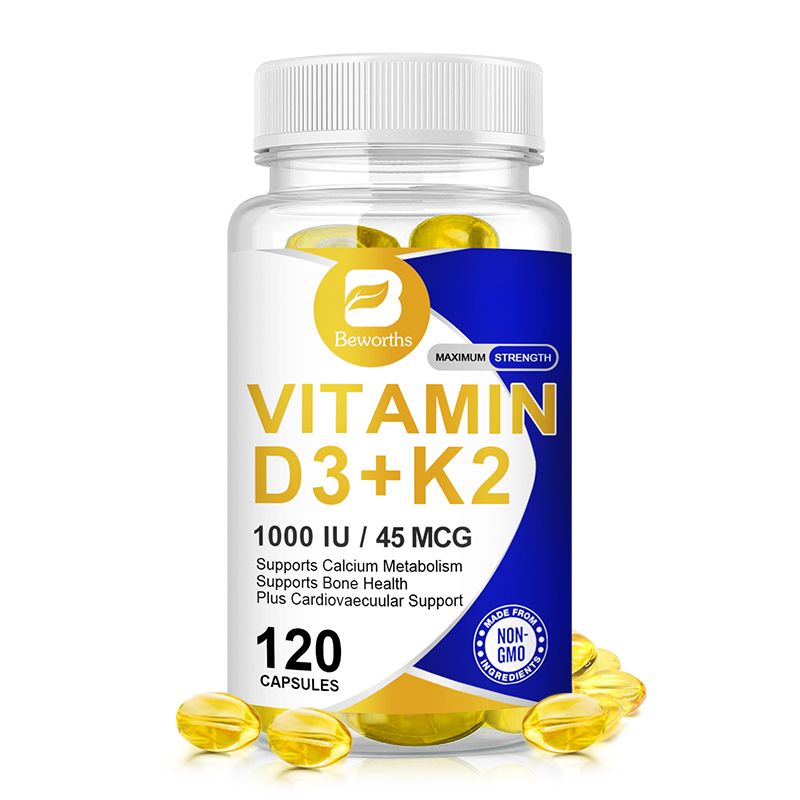
- Walking
- Jogging
- Dancing
- Resistance training
Engaging in these activities can help maintain strong bones and muscles, complementing the effects of adequate calcium and vitamin D intake.
Special Considerations for Different Life Stages
Calcium and vitamin D requirements can vary significantly throughout life. Let’s explore some special considerations for different age groups:
Childhood and Adolescence
During periods of rapid growth, calcium needs are particularly high. Adequate intake during these years is crucial for building strong bones and reducing the risk of osteoporosis later in life. Parents and caregivers should focus on providing calcium-rich foods and ensuring sufficient vitamin D intake, either through diet, sun exposure, or supplements as recommended by a pediatrician.
Pregnancy and Breastfeeding
While calcium and vitamin D requirements don’t increase during pregnancy and breastfeeding, ensuring adequate intake is crucial for both mother and child. Pregnant women should consult their healthcare provider about potential supplementation needs, especially if they have risk factors for deficiency.

Menopause and Beyond
Post-menopausal women face an increased risk of osteoporosis due to hormonal changes. During this life stage, calcium and vitamin D intake becomes even more critical. Some women may need to increase their intake or consider supplementation under medical guidance.
Aging and Nutrient Absorption
As we age, our body’s ability to absorb and utilize nutrients may decline. Older adults may need to pay extra attention to their calcium and vitamin D intake, potentially requiring higher doses or more easily absorbable forms of supplements.
Interactions Between Calcium, Vitamin D, and Other Nutrients
Understanding how calcium and vitamin D interact with other nutrients can help optimize absorption and utilization:
Synergistic Nutrients
- Vitamin K: Works alongside vitamin D to regulate calcium in the body
- Magnesium: Assists in converting vitamin D to its active form
- Vitamin C: May enhance calcium absorption
Potential Interactions
- Iron: High doses of calcium can interfere with iron absorption
- Zinc: Large amounts of calcium may reduce zinc absorption
- Fiber: Some types of fiber can bind to calcium, potentially reducing absorption
To maximize nutrient absorption, consider spacing out the consumption of these nutrients throughout the day.

Emerging Research on Calcium and Vitamin D
Scientific understanding of calcium and vitamin D continues to evolve. Recent areas of research include:
- The role of vitamin D in immune function and disease prevention
- Optimal vitamin D levels for various health outcomes
- The impact of calcium and vitamin D on non-skeletal health issues
- Personalized nutrition approaches based on genetic factors
While these areas show promise, it’s important to note that more research is needed before drawing definitive conclusions. Always consult with healthcare professionals for the most up-to-date and personalized advice.
Practical Tips for Increasing Calcium and Vitamin D Intake
Incorporating more calcium and vitamin D into your daily routine doesn’t have to be complicated. Here are some practical tips:
Dietary Strategies
- Start your day with a calcium-rich breakfast (e.g., yogurt with fortified cereal)
- Use calcium-fortified plant-based milks in smoothies or cooking
- Incorporate leafy greens into meals (e.g., add spinach to omelets or sandwiches)
- Snack on calcium-rich foods like almonds or cheese
- Choose calcium-fortified orange juice
Lifestyle Adjustments
- Spend time outdoors during midday for natural vitamin D production
- Consider a vitamin D lamp during winter months, especially in northern latitudes
- Incorporate weight-bearing exercises into your fitness routine
- If using supplements, set reminders to ensure consistent intake
Remember, small changes can add up over time. Gradually incorporating these tips into your routine can help ensure you’re meeting your calcium and vitamin D needs.

Getting Enough Calcium and Vitamin D
Topic Overview
Why is it important to get enough calcium and vitamin D?
Your body needs vitamin D to absorb calcium. Calcium keeps your bones and muscles—including your heart—healthy and strong.
People who do not get enough calcium and vitamin D throughout life have an increased chance of having thin and brittle bones (osteoporosis) in their later years. Thin and brittle bones break easily and can lead to serious injuries. This is why it is important for you to get enough calcium and vitamin D as a child and as an adult. It helps keep your bones strong as you get older and protects against possible breaks.
Your body also uses vitamin D to help your muscles absorb calcium and work well. If your muscles don’t get enough calcium, then they can cramp, hurt, or feel weak. You may have long-term (chronic) muscle aches and pains. Getting enough vitamin D helps prevent these problems.
Children who don’t get enough vitamin D may not grow as much as others their age.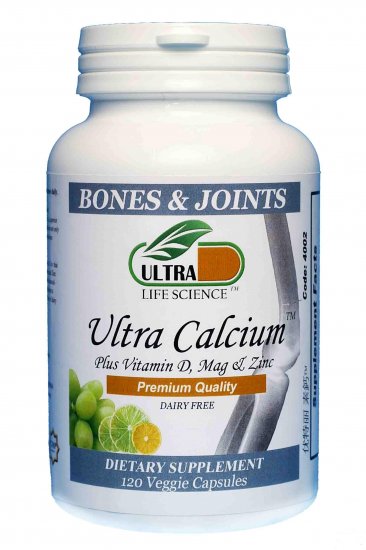 They also have a chance of getting a rare disease called rickets, which causes weak bones.
They also have a chance of getting a rare disease called rickets, which causes weak bones.
What is the recommended daily amount of calcium and vitamin D?
Calcium should always be taken along with vitamin D, because the body needs vitamin D in order to absorb calcium.
Age | Recommended calcium intake (milligrams a day) | Recommended vitamin D intake (international units a day) |
|---|---|---|
1-3 years | 700 | 600 |
4-8 years | 1,000 | 600 |
9-18 years | 1,300 | 600 |
19-50 years | 1,000 | 600 |
Males 51-70 years | 1,000 | 600 |
Females 51-70 years | 1,200 | 600 |
71 and older | 1,200 | 800 |
Women who are pregnant or breastfeeding need the same amount of calcium and vitamin D as other women their age.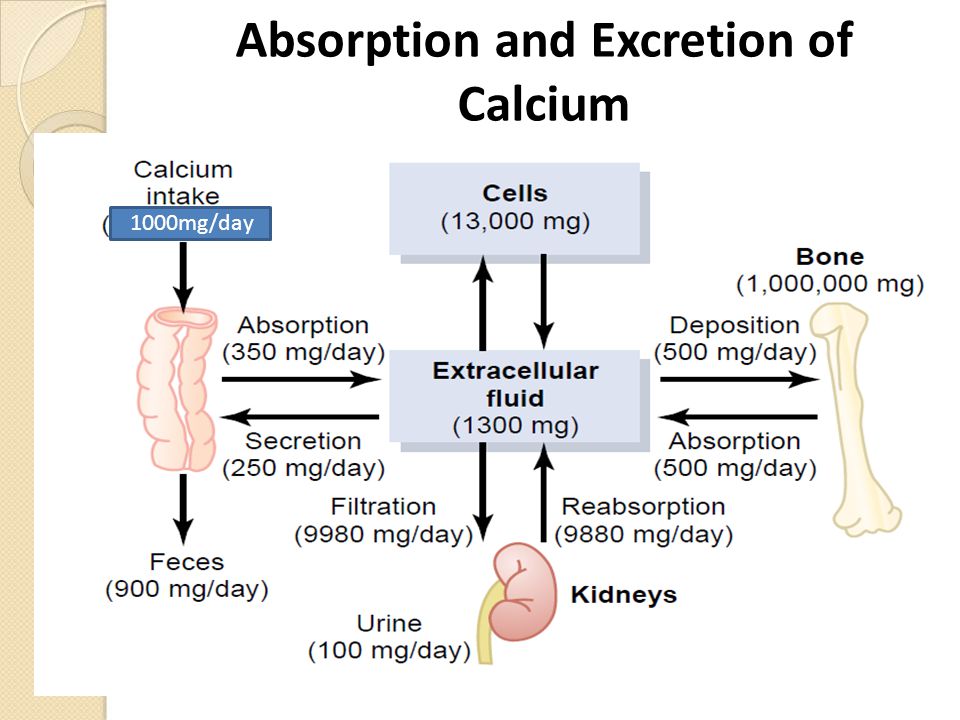
Who may not get enough calcium and vitamin D?
Most people get enough calcium, but some people may not get enough vitamin D. Many foods are fortified with calcium and vitamin D, and your body uses sunshine to make its own vitamin D. From age 9 through 18, girls need more calcium from foods to meet the daily recommended intake. If they cannot get enough calcium from foods, a calcium supplement may be needed.
Blood tests for vitamin D can check your vitamin D level. But there is no standard normal range used by all laboratories. You’re likely getting enough vitamin D if your levels are in the range of 20 to 50 ng/mL.
Things that reduce how much vitamin D your body makes include:
- Dark skin, such as many African Americans have.
- Age, especially if you are older than 65.
- Digestive problems, such as Crohn’s or celiac disease.
- Liver and kidney disease.
How can you get more calcium and vitamin D?
Calcium is in foods such as milk, cheese, and yogurt.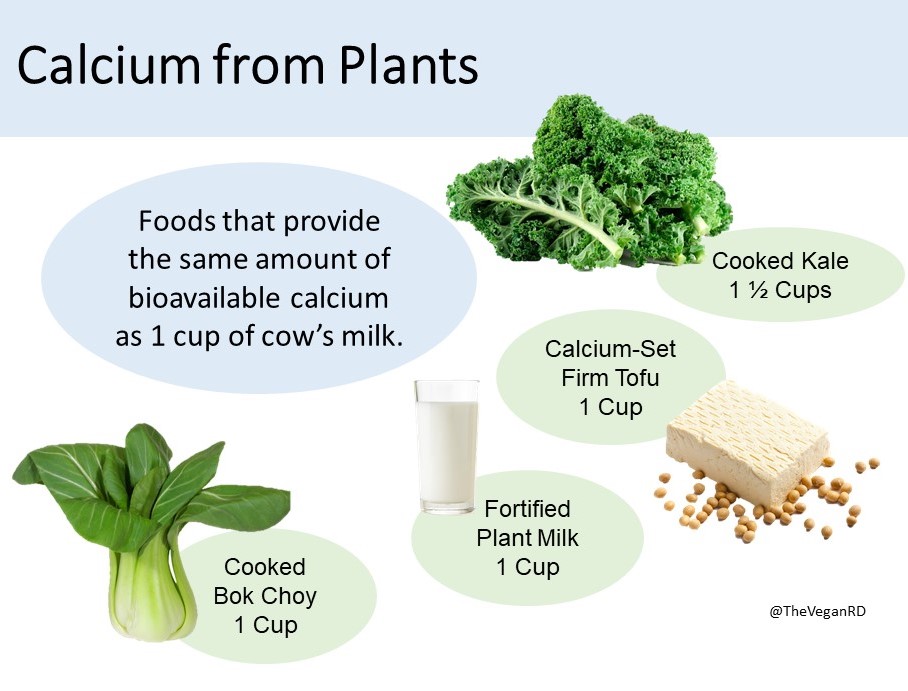 Vegetables like broccoli, kale, and Chinese cabbage have calcium. You can get calcium if you eat the soft edible bones in canned sardines and canned salmon. Foods with added (fortified) calcium include some cereals, juices, soy drinks, and tofu. The food label will show how much calcium was added.
Vegetables like broccoli, kale, and Chinese cabbage have calcium. You can get calcium if you eat the soft edible bones in canned sardines and canned salmon. Foods with added (fortified) calcium include some cereals, juices, soy drinks, and tofu. The food label will show how much calcium was added.
Vitamin D is in foods such as salmon, tuna, and mackerel. These are some of the best foods to eat when you are trying to get more vitamin D. Other foods that have vitamin D, but in small amounts, include cheese, egg yolks, and beef liver. You can also get vitamin D from fortified foods such as milk and some cereals, orange juices, yogurts, margarines, and soy drinks.
Some people who do not get enough calcium and vitamin D may need supplements. Calcium supplements are available as citrate or carbonate. Calcium carbonate is best absorbed when it is taken with food. Calcium citrate can be absorbed well with or without food. Spreading calcium out over the course of the day can reduce stomach upset and helps your body absorb the calcium better. Try not to take more than 500 milligrams (mg) of calcium supplement at a time.
Try not to take more than 500 milligrams (mg) of calcium supplement at a time.
Vitamin D supplements are available as ergocalciferol (D2) and cholecalciferol (D3).
Are there any risks from taking calcium and vitamin D?
It is possible to get too much calcium and vitamin D. Older women who take calcium supplements need to be careful that they do not take too much.
The amount of calcium and vitamin D you get every day from all sources—including food, sunshine, and supplements—should not be more than the amount shown by age in the table below for “upper level intake.” Upper level intake does not mean that most people need this amount or should try to get it. It means this is the maximum amount of calcium or vitamin D that is safe to take.
Age | Upper level calcium intake (milligrams a day) | Upper level vitamin D intake (international units a day) |
|---|---|---|
1-3 years | 2,500 | 2,500 |
4-8 years | 2,500 | 3,000 |
9-18 years | 3,000 | 4,000 |
19-50 years | 2,500 | 4,000 |
51 and older | 2,000 | 4,000 |
If you get too much calcium, you may get kidney stones, and if you get too much vitamin D, your kidneys and tissues may be damaged.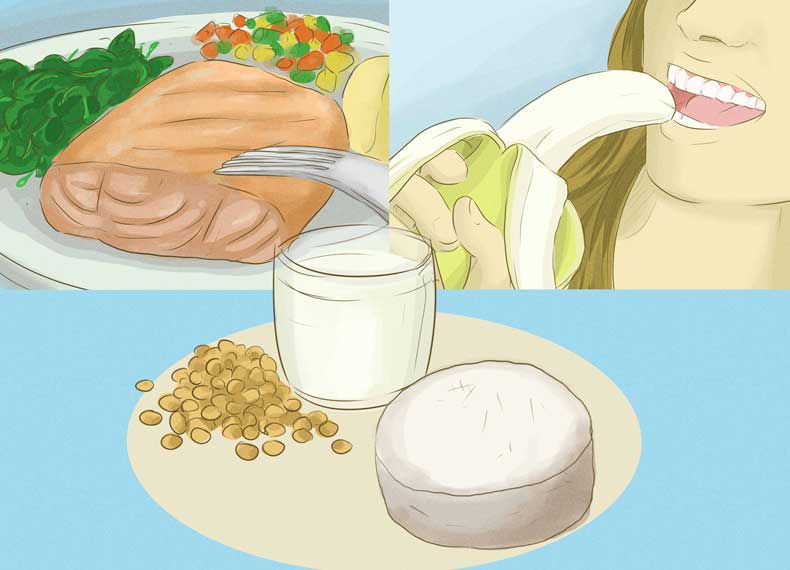 footnote 3 Too much calcium can cause constipation. Too much vitamin D can cause nausea and vomiting, constipation, and weakness.
footnote 3 Too much calcium can cause constipation. Too much vitamin D can cause nausea and vomiting, constipation, and weakness.
Getting too much vitamin D increases the amount of calcium in your blood. If this happens, you can become confused and have an irregular heart rhythm.
Calcium and vitamin D may interact with other medicines. A drug interaction happens when a medicine you take changes how another medicine works. One medicine may make another one less effective, or the combination of the medicines may cause a side effect you don’t expect. Some drug interactions are dangerous.
Before you start taking calcium and/or vitamin D, tell your doctor about all of the medicines you take, including over-the-counter drugs, herbs, and pills. Also tell your doctor about all of your current medical problems.
Calcium and Vitamin D: Important at Every Age
The foods we eat contain a variety of vitamins, minerals, and other important nutrients that help keep our bodies healthy.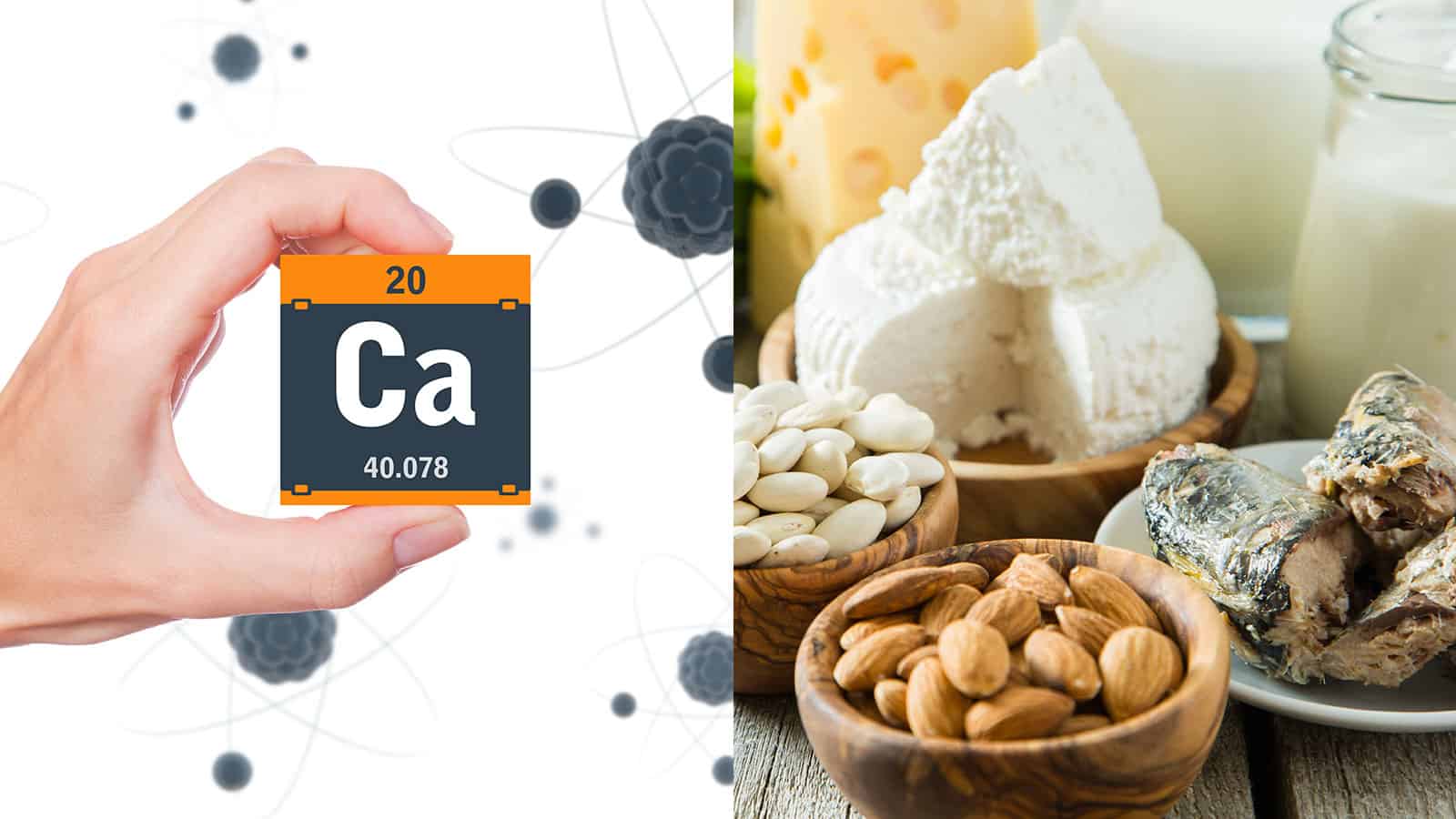 Two nutrients in particular, calcium and vitamin D, are needed for strong bones.
Two nutrients in particular, calcium and vitamin D, are needed for strong bones.
The role of calcium
Calcium is needed for our heart, muscles, and nerves to function properly and for blood to clot. Inadequate calcium significantly contributes to the development of osteoporosis. Many published studies show that low calcium intake throughout life is associated with low bone mass and high fracture rates. National nutrition surveys have shown that most people are not getting the calcium they need to grow and maintain healthy bones. To find out how much calcium you need, see the “Recommended calcium intakes” chart below.
| Life-stage group | mg/day |
|---|---|
| Infants 0 to 6 months | 200 |
| Infants 6 to 12 months | 260 |
| 1 to 3 years old | 700 |
| 4 to 8 years old | 1,000 |
| 9 to 13 years old | 1,300 |
| 14 to 18 years old | 1,300 |
| 19 to 30 years old | 1,000 |
| 31 to 50 years old | 1,000 |
| 51- to 70-year-old males | 1,000 |
| 51- to 70-year-old females | 1,200 |
| 70 years old | 1,200 |
| 14 to 18 years old, pregnant/lactating | 1,300 |
| 19 to 50 years old, pregnant/lactating | 1,000 |
To learn how easily you can include more calcium in your diet without adding much fat, see the “Selected calcium-rich foods” list below.
| Food | Calcium (mg) |
|---|---|
| Fortified oatmeal, 1 packet | 350 |
| Sardines, canned in oil, with edible bones, 3 oz. | 324 |
| Cheddar cheese, 1½ oz. shredded | 306 |
| Milk, nonfat, 1 cup | 302 |
| Milkshake, 1 cup | 300 |
| Yogurt, plain, low fat, 1 cup | 300 |
| Soybeans, cooked, 1 cup | 261 |
| Tofu, firm, with calcium, ½ cup | 204 |
| Orange juice, fortified with calcium, 6 oz. | 200–260 (varies) |
| Salmon, canned, with edible bones, 3 oz. | 181 |
Pudding, instant (chocolate, banana, etc.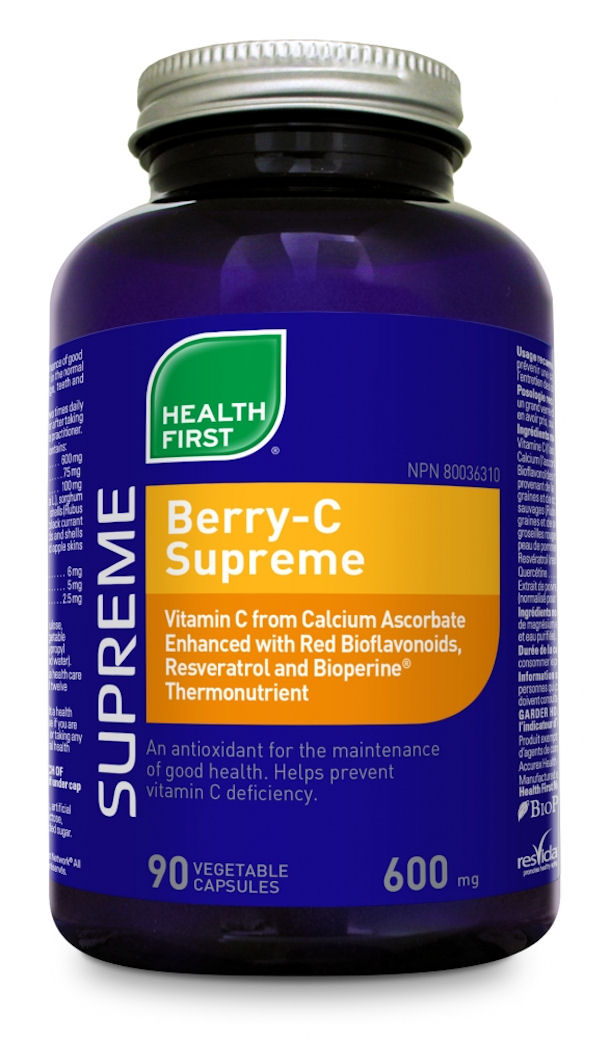 ) made with 2% milk, ½ cup ) made with 2% milk, ½ cup | 153 |
| Baked beans, 1 cup | 142 |
| Cottage cheese, 1% milk fat, 1 cup | 138 |
| Spaghetti, lasagna, 1 cup | 125 |
| Frozen yogurt, vanilla, soft serve, ½ cup | 103 |
| Ready-to-eat cereal, fortified with calcium, 1 cup | 100–1,000 (varies) |
| Cheese pizza, 1 slice | 100 |
| Fortified waffles, 2 | 100 |
| Turnip greens, boiled, ½ cup | 99 |
| Broccoli, raw, 1 cup | 90 |
| Ice cream, vanilla, ½ cup | 85 |
| Soy or rice milk, fortified with calcium, 1 cup | 80–500 (varies) |
Calcium culprits
Although a balanced diet aids calcium absorption, high levels of protein and sodium (salt) in the diet are thought to increase calcium excretion through the kidneys. Excessive amounts of these substances should be avoided, especially in those with low calcium intake.
Excessive amounts of these substances should be avoided, especially in those with low calcium intake.
Lactose intolerance also can lead to inadequate calcium intake. Those who are lactose intolerant have insufficient amounts of the enzyme lactase, which is needed to break down the lactose found in dairy products. To include dairy products in the diet, dairy foods can be taken in small quantities or treated with lactase drops, or lactase can be taken as a pill. Some milk products on the market already have been treated with lactase.
Calcium supplements
If you have trouble getting enough calcium in your diet, you may need to take a calcium supplement. The amount of calcium you will need from a supplement depends on how much calcium you obtain from food sources. There are several different calcium compounds from which to choose, such as calcium carbonate and calcium citrate, among others. Except in people with gastrointestinal disease, all major forms of calcium supplements are absorbed equally well when taken with food.
Calcium supplements are better absorbed when taken in small doses (500 mg or less) several times throughout the day. In many individuals, calcium supplements are better absorbed when taken with food. It is important to check supplement labels to ensure that the product meets United States Pharmacopeia (USP) standards.
Vitamin D
The body needs vitamin D to absorb calcium. Without enough vitamin D, one can’t form enough of the hormone calcitriol (known as the “active vitamin D”). This in turn leads to insufficient calcium absorption from the diet. In this situation, the body must take calcium from its stores in the skeleton, which weakens existing bone and prevents the formation of strong, new bone.
You can get vitamin D in three ways: through the skin from sunlight, from the diet, and from supplements. Experts recommend a daily intake of 600 IU (International Units) of vitamin D up to age 70. Men and women over age 70 should increase their uptake to 800 IU daily, which also can be obtained from supplements or vitamin D-rich foods such as egg yolks, saltwater fish, liver, and fortified milk. The Institute of Medicine recommends no more than 4,000 IU per day for adults. However, sometimes doctors prescribe higher doses for people who are deficient in vitamin D.
The Institute of Medicine recommends no more than 4,000 IU per day for adults. However, sometimes doctors prescribe higher doses for people who are deficient in vitamin D.
A complete osteoporosis program
Remember, a balanced diet rich in calcium and vitamin D is only one part of an osteoporosis prevention or treatment program. Like exercise, getting enough calcium is a strategy that helps strengthen bones at any age. But these strategies may not be enough to stop bone loss caused by lifestyle, medications, or menopause. Your doctor can determine the need for an osteoporosis medication in addition to diet and exercise.
The National Institutes of Health Osteoporosis and Related Bone Diseases ~ National Resource Center acknowledges the assistance of the National Osteoporosis Foundation in the preparation of this publication.
For your information
This publication contains information about medications used to treat the health condition discussed here. When this publication was developed, we included the most up-to-date (accurate) information available. Occasionally, new information on medication is released.
When this publication was developed, we included the most up-to-date (accurate) information available. Occasionally, new information on medication is released.
For updates and for any questions about any medications you are taking, please contact:
U.S. Food and Drug Administration
Toll Free: 888-INFO-FDA (888-463-6332)
Website: https://www.fda.gov
For additional information on specific medications, visit Drugs@FDA at https://www.accessdata.fda.gov/scripts/cder/daf. Drugs@FDA is a searchable catalog of FDA-approved drug products.
NIH Pub. No. 18-7878-E
Calcium: What You Should Know
You’ve heard that calcium protects your bones and that your glass of milk is loaded with it, but what do you really know about this essential nutrient? Most people may not realize that calcium is the most abundant mineral in the body. Or that calcium does far more than just strengthen your bones and teeth.
Here’s a quick primer on calcium — including why you need it and where to get it.
Calcium: Good for Bones & Teeth
Calcium is probably best known for strengthening bones and teeth. In fact, most of the calcium in our bodies is stored in the bones and teeth. As bones undergo their regular process of breakdown and remodeling, calcium helps build new bone, especially during growth and development.
Getting enough calcium is important for keeping your bones strong throughout your lifetime, but especially during childhood, while the bones are still growing. It’s also essential during the senior years, when bones start to break down faster than they can rebuild. Older bones become more brittle and easily fractured — a condition called osteoporosis.
Calcium also plays an important role in several other body functions, including:
- Nerve signal transmission
- Hormone release
- Muscle contraction
- Blood vessel function
- Blood clotting
There’s also some early evidence that calcium might lower blood pressure and help protect against colorectal and prostate cancers.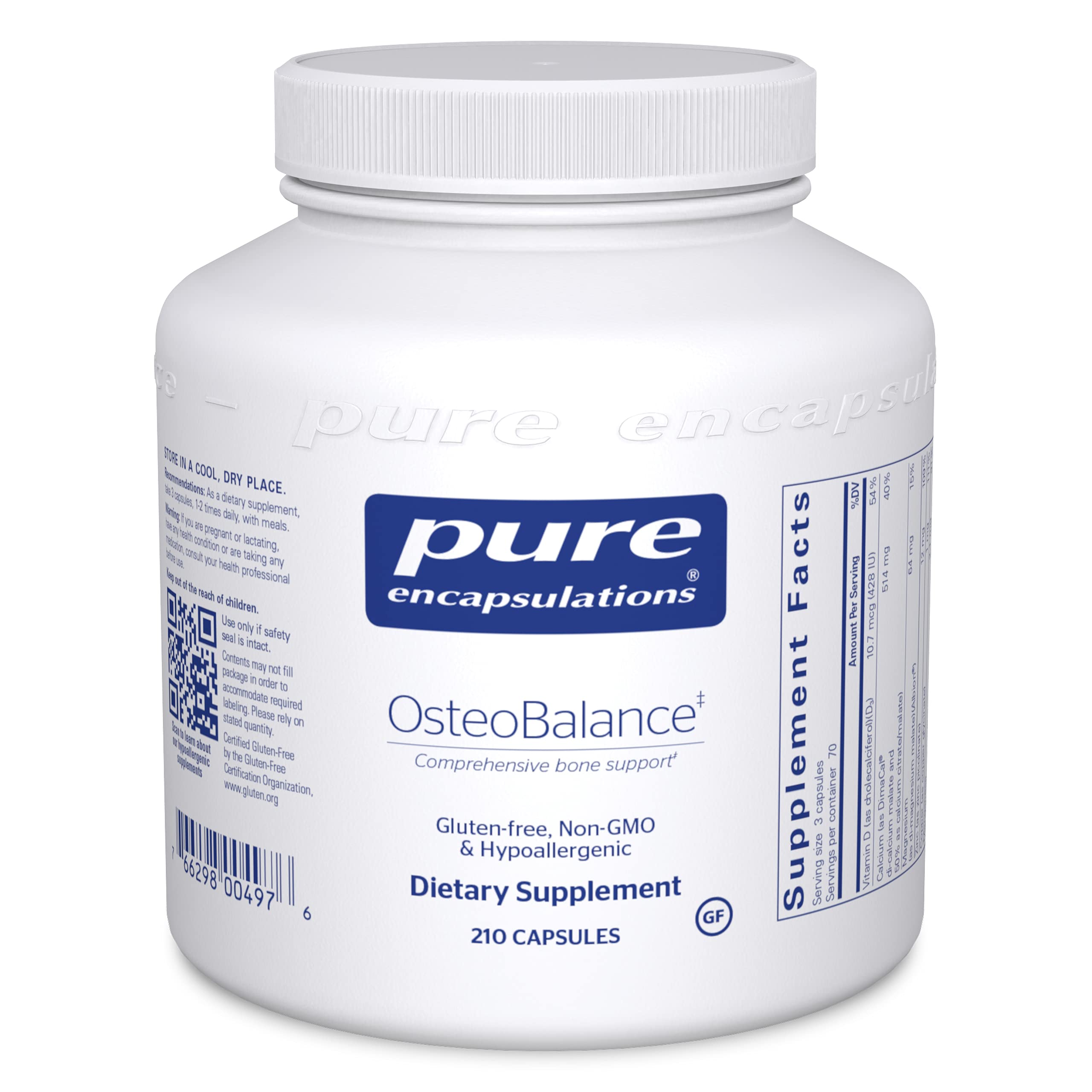 However, these benefits have yet to be confirmed in studies.
However, these benefits have yet to be confirmed in studies.
How Much Calcium Do You Need?
How much calcium you need depends on your age and gender. The recommended daily dietary allowances for calcium are:
Age Male Female
1-3 years 700 mg 700 mg
4-8 years 1,000 mg 1,000 mg
9-13 years 1,300 mg 1,300 mg
14-18 years 1,300 mg 1,300 mg
19-50 years 1,000 mg 1,000 mg
51-70 years 1,000 mg 1,200 mg
71+ years 1,200 mg 1,200 mg
Getting much more than the recommended amount of calcium from food and supplements increases the risk of side effects, so it’s best to avoid taking too much.
Where Should You Get Calcium?
The ideal way to get calcium, like any nutrient, is from foods. Dairy products such as milk, cheese, and yogurt are the best and most obvious sources. One 8-ounce cup of low-fat, plain yogurt contains 415 mg of calcium — more than a third of the daily recommendation for most age groups. An 8-ounce glass of nonfat milk will provide you nearly 300 mg of calcium. And 1.5 ounces of part-skim mozzarella has 333 mg.
And 1.5 ounces of part-skim mozzarella has 333 mg.
Even if you’re lactose intolerant, you can still enjoy your milk by choosing one of the lactose-free or lactose-reduced dairy products available at your local supermarket. Another option is to take lactase enzyme drops or tablets before you eat dairy.
Some studies show many people can tolerate dairy if they choose low lactose foods like hard cheeses, eat lactose containing foods and beverages in small amounts. or add dairy as an ingredient in a meal. Since dairy is the best source of calcium, it’s worth experimenting by adding small amounts to your diet to see what you can tolerate.
Several non-dairy foods are also good sources of calcium, including:
Food Calcium content per serving
Calcium-fortified orange juice, 6 ounces 375 mg
Canned sardines with bones, 3 ounces 325 mg
Firm tofu made with calcium sulfate, 1/2 cup 253 mg
Canned salmon with bone, 3 ounces 181 mg
Calcium-fortified breakfast cereal, 1 cup 100-1,000 mg
Boiled turnip greens, 1/2 cup 99 mg
Cooked fresh kale, 1 cup 94 mg
Taking Calcium Supplements
If you’re not getting enough calcium from food alone, your doctor might recommend a supplement.
Calcium supplements come in two main forms:
Calcium carbonate is also commonly found in over-the-counter antacids, such as Rolaids and Tums.
You need to take calcium carbonate with food, because it’s easier for your body to absorb that way. You can take calcium citrate on an empty stomach or with food.
To maximize your absorption of calcium, take no more than 500 mg at a time. You might take one 500 mg supplement in the morning and another at night. If you take a supplement that also contains vitamin D, it will help your body absorb calcium more efficiently.
Avoid eating these foods when you take your supplement, because they can interfere with calcium absorption:
- Caffeinated coffee and soda
- High-salt foods
Calcium Supplement Side Effects
Before taking calcium supplements, you need to be aware of the side effects of high calcium intake, which include:
Calcium can also decrease absorption of some medications, including osteoporosis medicines, thyroid medicines, and some antibiotics.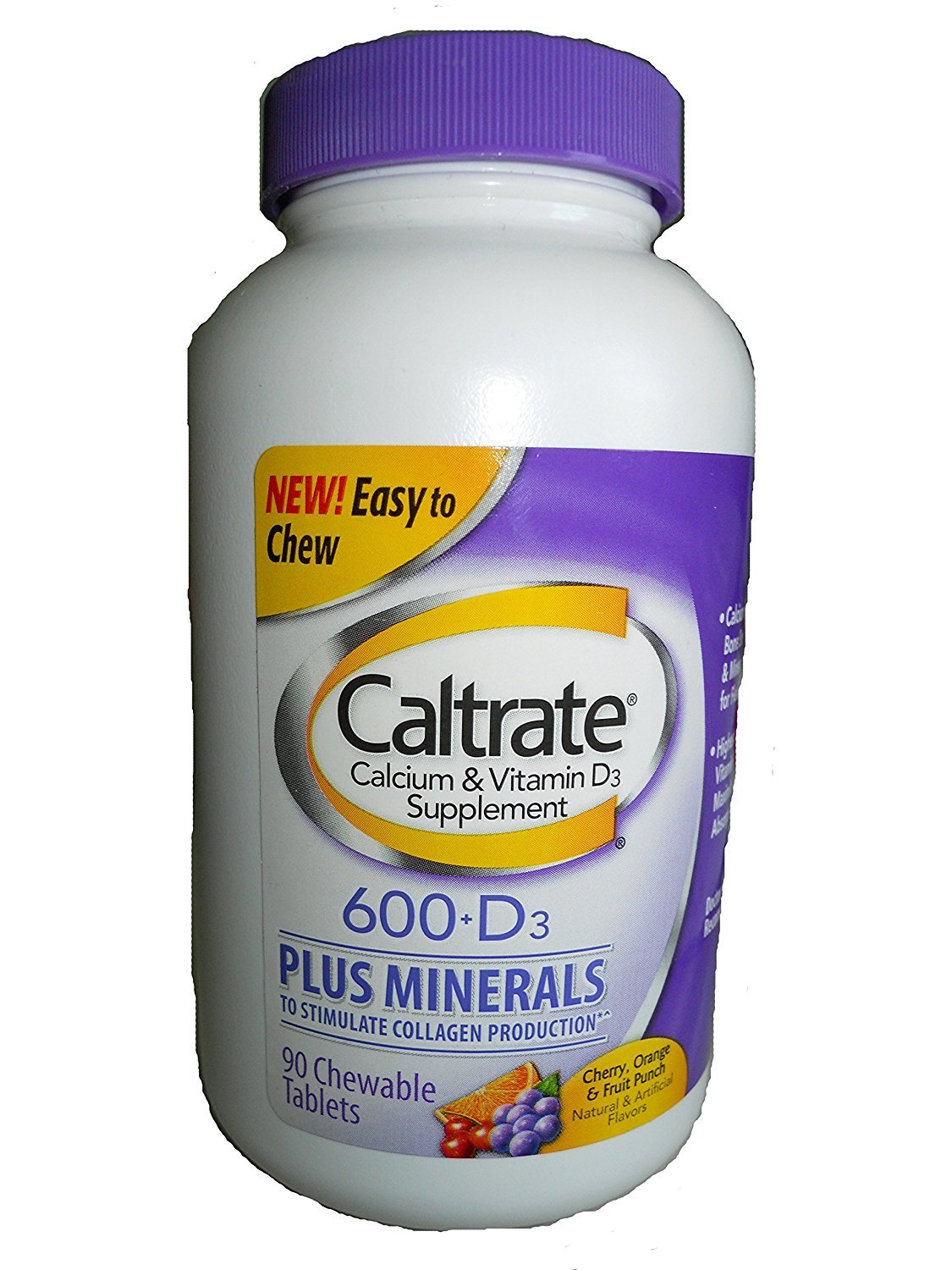 Ask your doctor if your medicines may interact with calcium, or to be safe, just don’t take them at the same time. Taking calcium and vitamin D supplements with thiazide diuretics may increase the chance of kidney stones.
Ask your doctor if your medicines may interact with calcium, or to be safe, just don’t take them at the same time. Taking calcium and vitamin D supplements with thiazide diuretics may increase the chance of kidney stones.
A June 2012 study in the journal Heartalso linked calcium supplements with a greater likelihood of heart attacks. This finding may be of special concern to anyone who is already at risk for heart disease.
Experts disagree regarding who should take calcium and vitamin D supplements. The U.S. Preventive Services Task Force doesn’t recommend taking calcium supplements to prevent osteoporosis-related fractures in postmenopausal women, because there isn’t enough evidence to support a benefit. Other organizations, including the National Osteoporosis Foundation and the Institute of Medicine, recommend supplements if you’re not meeting your daily calcium requirements with diet alone.
Although your bones need calcium, don’t take any supplements without first talking to your doctor.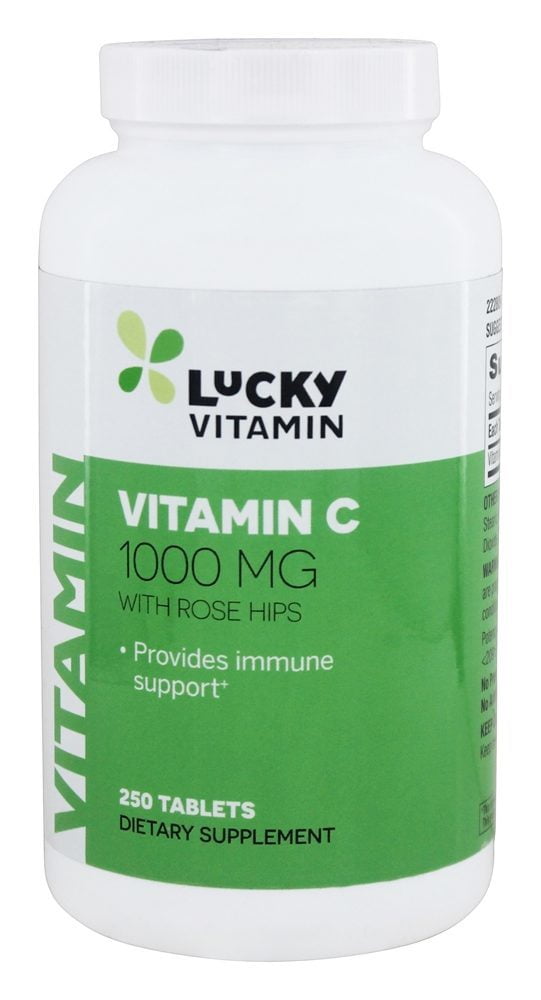 Find out which form of calcium is best for you to take, how much you need each day, and what to do if you experience any side effects.
Find out which form of calcium is best for you to take, how much you need each day, and what to do if you experience any side effects.
Calcium and bones: MedlinePlus Medical Encyclopedia
The mineral calcium helps your muscles, nerves, and cells work normally.
Your body also needs calcium (as well as phosphorus) to make healthy bones. Bones are the main storage site of calcium in the body.
Your body cannot make calcium. The body only gets the calcium it needs through the food you eat, or from supplements. If you do not get enough calcium in your diet, or if your body does not absorb enough calcium, your bones can get weak or will not grow properly.
Your skeleton (bones) are a living organ. Bones are constantly being remodeled with old bone being resorbed and new bone being formed. It takes about 10 years for all the bone in your body to be renewed. That is why paying attention to bone health is important in adults and not just in growing children.
Bone density refers to how much calcium and other minerals are present in a section of your bone. Bone density is highest between ages 25 and 35. It goes down as you get older. This can result in brittle, fragile bones that can break easily, even without a fall or other injury.
Bone density is highest between ages 25 and 35. It goes down as you get older. This can result in brittle, fragile bones that can break easily, even without a fall or other injury.
The digestive system is normally very bad at absorbing calcium. Most people absorb only 15% to 20% of the calcium they eat in their diet. Vitamin D is the hormone that helps the gut absorb more calcium.
Many older adults have common risks that make bone health worse. Calcium intake in the diet (milk, cheese, yogurt) is low. Vitamin D levels are low and gut calcium absorption is low. In many adults, hormonal signals have to take some calcium out of the bones every day to keep blood calcium levels normal. This contributes to bone loss.
Because of this, as you age, your body still needs calcium to keep your bones dense and strong. Most experts recommend at least 1,200 milligrams of calcium and 800 to 1,000 international units of vitamin D a day. Your health care provider may recommend a supplement to give you the calcium and vitamin D you need.
Some recommendations call for much higher doses of vitamin D, but many experts feel that high doses of vitamin D are not safe for everyone. In addition, very high amounts calcium in your diet can lead to health problems such as constipation, kidney stones, and kidney damage. If you are concerned about bone health, be sure to discuss with your provider whether supplements of calcium and Vitamin D are a good choice for you.
People who have gut-related diseases (inflammatory bowel disease, gastric bypass surgery), parathyroid gland disease, or are taking certain medications may need different recommendations for calcium and vitamin D supplementation. Talk to your provider if you are unsure about how much calcium and vitamin D to take.
Follow a diet that provides the proper amount of calcium, vitamin D, and protein. These nutrients will not completely stop bone loss, but they will help ensure that your body has the materials it needs to build bones. Remaining fit and active can also protect bones and keep them stronger.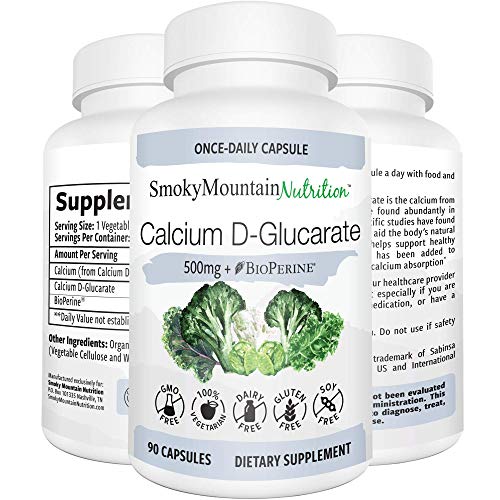 Avoiding smoking also protects bones and keeps them stronger.
Avoiding smoking also protects bones and keeps them stronger.
High-calcium foods include:
- Milk
- Cheese
- Ice cream
- Leafy green vegetables, such as spinach and collard greens
- Salmon
- Sardines (with the bones)
- Tofu
- Yogurt
Calcium: What You Need to Know
Calcium is a mineral in your body that is also found in many foods. Most of the calcium in your body is in your bones and teeth. There is also calcium in your blood, muscles, other body tissues, and the fluid between your cells.
Path to improved health
You need calcium to keep your bones and teeth healthy and strong throughout your life. Your body also uses calcium to:
- Help blood vessels and muscles work properly.
- Help release hormones and enzymes that keep your body working properly.
- Help your nerves carry messages throughout your body.
- Help control important nutrients, such as magnesium, phosphorus, and potassium.

Your body can’t make more calcium. So it’s important for you to provide it with the calcium it needs. The amount of calcium you need each day depends on your age, your sex, and other factors. For example, vitamin D improves calcium absorption. Alcohol reduces calcium absorption. Doctors recommend:
- Children ages 0-6 months: 200 milligrams (mg) per day.
- Children ages 6-12 months: 260 mg per day.
- Children ages 1-3: 700 mg per day
- Children ages 4-8: 1,000 mg per day
- Children ages 9-18: 1,300 mg per day
- Adults ages 19-50: 1,000 mg per day
- Adult men ages 51-70: 1,000 mg per day
- Adult women ages 51-70: 1,200 mg per day
- Adults ages 71 and older: 1,200 mg per day.
It’s best to spread your calcium throughout the day. Eat calcium-rich foods at every meal rather than all at once. Be sure to get enough vitamin D each day to help your body absorb the calcium.
Nonfat and low-fat dairy products (yogurt, cheese, and milk) are good sources of calcium. Vegetable sources of calcium include dried beans, kale, spinach, and collard greens. Animal sources of calcium include fish with soft bones, such as sardines and salmon. For example, 2 ounces of nonfat American cheese has 447 mg of calcium. One cup of skim milk has 299 mg of calcium. And 3 ounces of pink salmon has 183 mg of calcium. Some foods may be fortified with calcium (orange juice, bread, pasta, dry breakfast cereal, and dairy substitutes).
Vegetable sources of calcium include dried beans, kale, spinach, and collard greens. Animal sources of calcium include fish with soft bones, such as sardines and salmon. For example, 2 ounces of nonfat American cheese has 447 mg of calcium. One cup of skim milk has 299 mg of calcium. And 3 ounces of pink salmon has 183 mg of calcium. Some foods may be fortified with calcium (orange juice, bread, pasta, dry breakfast cereal, and dairy substitutes).
If you’re not getting enough calcium from dietary sources, talk to your doctor about a calcium supplement. Depending on your age, sex, overall health, and other factors, your doctor might recommend that you take a calcium supplement. Also, your doctor can tell you if a calcium supplement will affect any medical conditions you have. He or she will need to know about any prescription or over-the-counter (OTC) medicines, or other dietary supplements you are taking. Calcium supplements can affect the way certain medicines work. For example, calcium supplements can interfere with blood pressure and synthetic thyroid medicines, bisphosphonates, and antibiotics. Other supplements, such as iron, can affect how the body absorbs, uses, or gets rid of medicines or supplements.
Other supplements, such as iron, can affect how the body absorbs, uses, or gets rid of medicines or supplements.
There are 2 main types of calcium supplements: calcium carbonate and calcium citrate. Both types are available without a prescription. Over-the-counter calcium supplements are available in tablet, chewable, liquid, and powder form. Other types of calcium include calcium gluconate and calcium lactate. These contain less elemental calcium than calcium carbonate and calcium citrate.
If a supplement is right for you, your doctor will help you decide which one to take. He or she will also explain what amount of calcium to take each day and how to take the supplement. For example, calcium carbonate should be taken with meals to avoid possible unpleasant health effects (also called adverse effects). Taking it with meals helps your body to better absorb it. Calcium citrate can be taken on an empty stomach.
Things to consider
If your body doesn’t get enough calcium and vitamin D to support important functions, it takes calcium from your bones.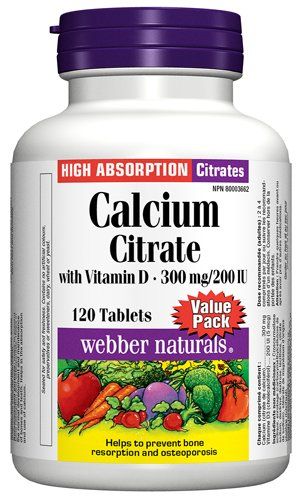 This is called losing bone mass. Losing bone mass makes the inside of your bones become weak and porous. This puts you at risk for the bone disease osteoporosis.
This is called losing bone mass. Losing bone mass makes the inside of your bones become weak and porous. This puts you at risk for the bone disease osteoporosis.
Certain populations are at higher risk for low calcium levels, including:
- Postmenopausal women.
- People who have lactose intolerance and avoid dairy products.
- Women who have an eating disorder (for example, anorexia).
- People who do not eat animal, fish, or dairy products (vegans).
- People who take certain medicines for osteoporosis.
- People who have parathyroid disorders, inflammatory bowel disease, or liver or kidney disease.
Unfortunately, getting more calcium than your body needs can cause adverse (negative) effects. This includes kidney stones, frequent urination, belly pain, nausea/vomiting, and fatigue. It is rare to get too much calcium from food alone. There is an amount of calcium that most people can take each day without developing problems. This is called the tolerable upper intake level.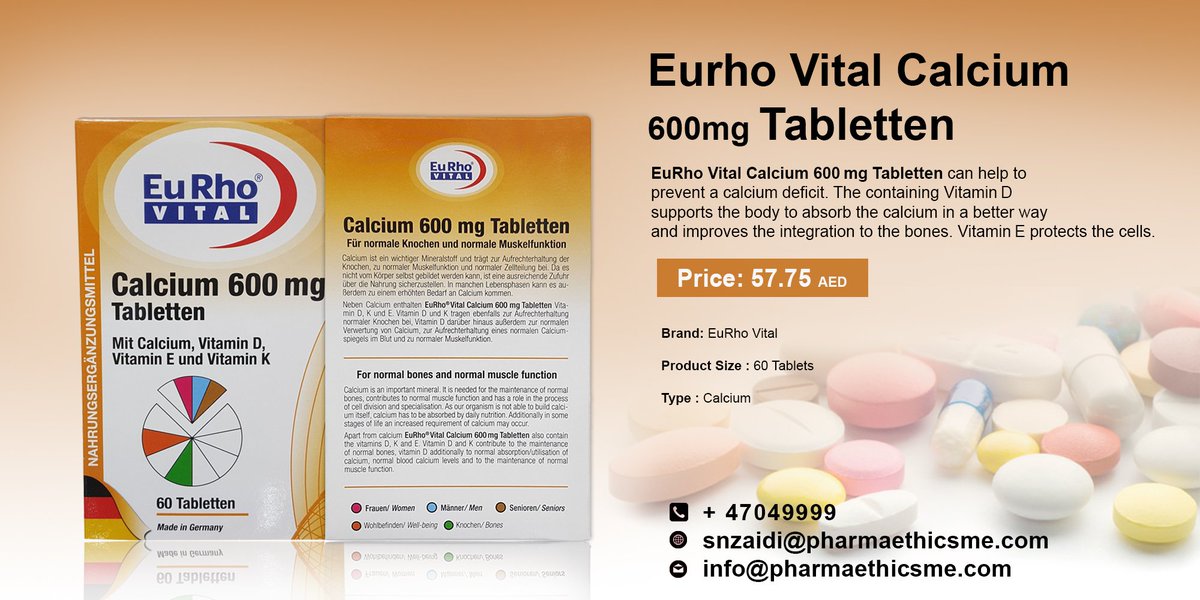 Doctors recommend the following tolerable upper intake levels by age:
Doctors recommend the following tolerable upper intake levels by age:
- Ages 0-6 months: 1,000 mg per day
- Ages 7-12 months: 1,500 mg per day
- Ages 1-8: 2,500 mg per day
- Ages 9-18: 3,000 mg per day
- Ages 19-50: 2,500 mg per day
- Ages 51 and older: 2,000 mg per day
Talk to your doctor about whether supplements are right for you.
Questions to ask your doctor
- Can too much calcium upset your stomach?
- Can illness cause low calcium?
- Can you develop osteoporosis at an early age?
Resources
National Institutes of Health: Calcium and Vitamin D: Important at Every Age
National Institutes of Health, Office of Dietary Supplements: Calcium
U.S. National Library of Medicine, MedlinePlus: Calcium
Copyright © American Academy of Family Physicians
This information provides a general overview and may not apply to everyone. Talk to your family doctor to find out if this information applies to you and to get more information on this subject.
Calcium Absorption – What Really Matters?
When it comes to calcium absorption, there’s a lot of contradictory information out there.
A quick internet search for “calcium supplements” will return a ton of results claiming one particular calcium is more absorbable than another. But anyone making these claims is either “marketing” their calcium, or falling prey to a common misconception…
Because the truth is, given the right circumstances, all types of calcium are absorbed very similarly. (We’ll go over what circumstances can affect absorption in a moment!)
Now, this may come as a bit of a shock because we’re so used to hearing about calcium in terms of absorption. But the problem is, when people talk about absorption, what they’re really talking about is “dissolution”.
Let’s have a look at the difference between the two!
Calcium Absorption vs. Calcium Dissolution
Some companies that claim their calcium is “better absorbed” are mistaking absorption for dissolution.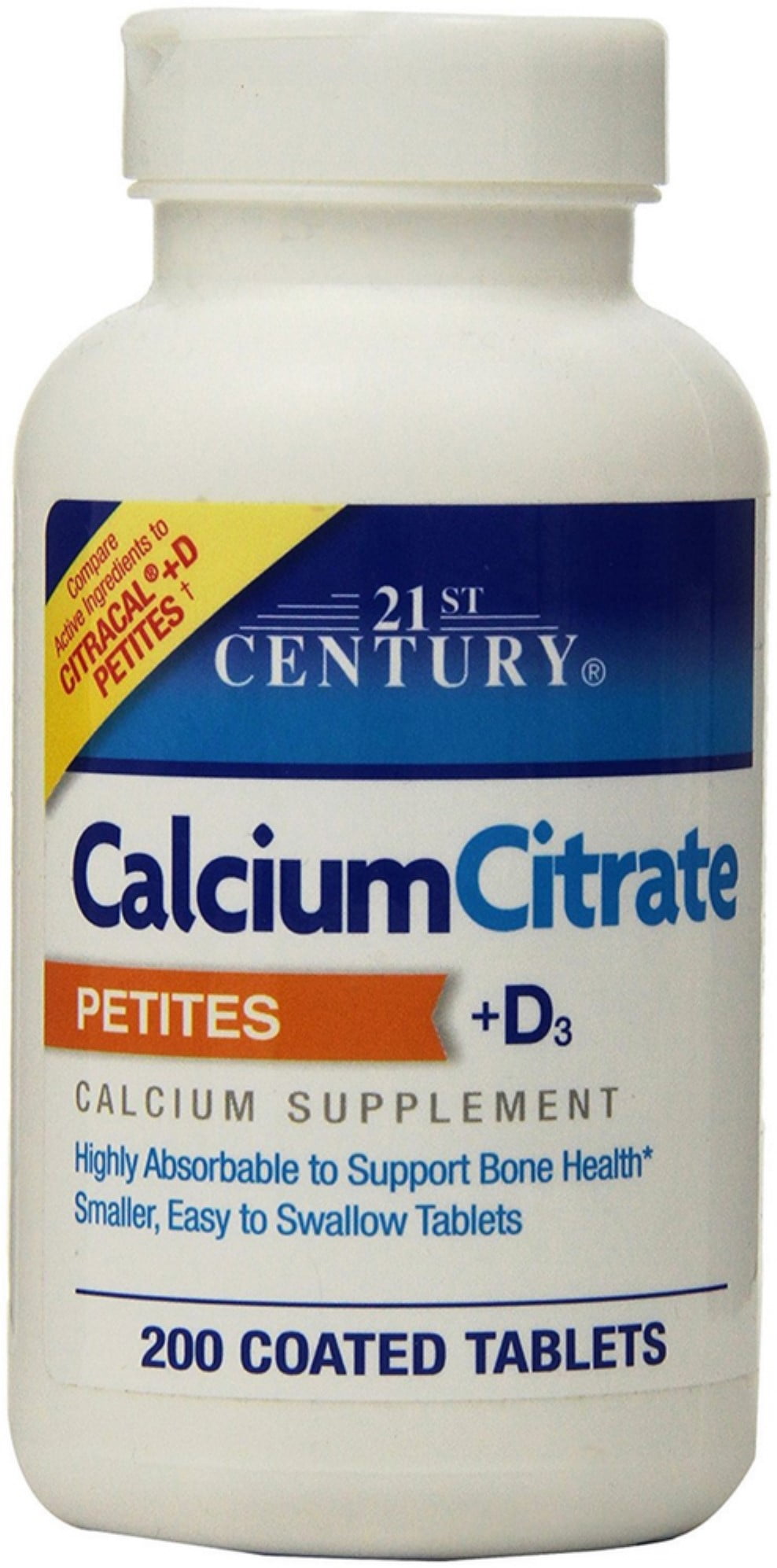 Yet these are two very different mechanisms.
Yet these are two very different mechanisms.
Dissolution is your stomach acid dissolving the calcium salt when first ingested.
Absorption is your intestines taking up the calcium after dissolution and sending it into your bloodstream.
Now, all calciums dissolve very well in stomach acid— 95-100% dissolution is normal. But the confusion occurs because people use this number in reference to absorption… which as we’ve seen, is a very different thing!
And when it comes to absorption, the science points in one direction. Studies show that all calcium salts absorb a few percentage points above or below 30%.
There’s no wild variation in absorption rates depending on your source of calcium. Calcium carbonate, calcium citrate, calcium malate… it doesn’t make a difference! There’s no calcium on earth that absorbs at 90% or at 5%. They ALL absorb at around 30%.
That said, just because all calcium types absorb around the same, it doesn’t mean they’re all made equal.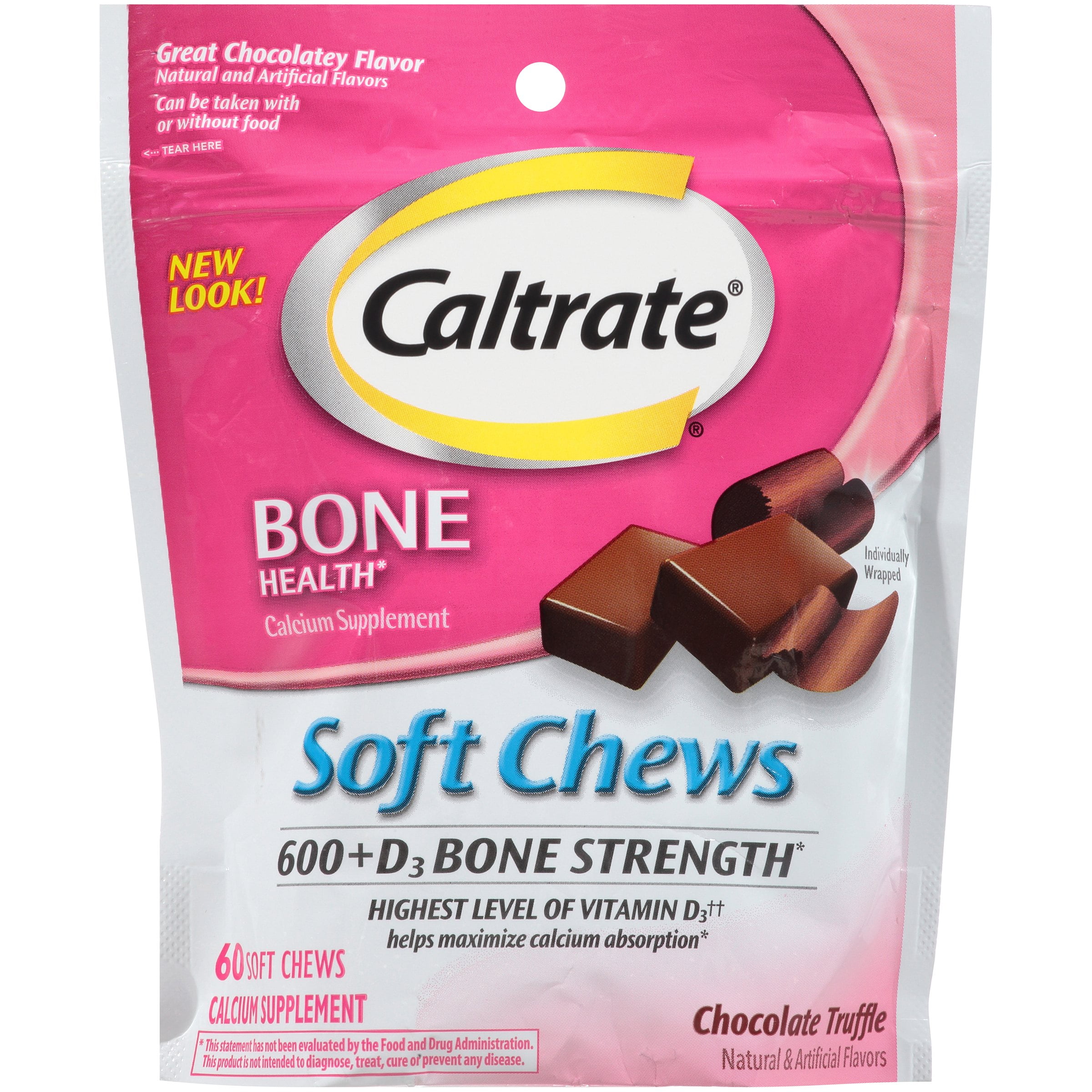 As we’ll see in just a moment, it’s what happens after absorption that really matters.
As we’ll see in just a moment, it’s what happens after absorption that really matters.
But first, there are a few things that can affect calcium absorption.
What Factors Affect Calcium Absorption?
Although the source of calcium doesn’t affect absorption rates, there are a few factors that do! Here, we’ll review what to keep in mind to get the most out of your calcium supplements.
Take Your Calcium With Food
As we covered earlier, before you can absorb calcium, it needs to dissolve in your stomach. And to properly dissolve the calcium you consume, you need stomach acid! When you eat, you produce stomach acid which is why we recommend taking AlgaeCal with a meal or snack.
The one exception to the rule is calcium citrate. You don’t need stomach acid to dissolve this form of calcium which is why it’s recommended for people who’ve had gastric bypass surgery.
But remember, just because it dissolves easily, doesn’t mean it absorbs better! After dissolution, calcium citrate absorbs at the same rate as all other calciums.
Ensure You’re Getting Adequate Vitamin D
You may have heard that vitamin D is crucial for bone health, and here’s why: you need vitamin D to properly absorb calcium.
Without adequate vitamin D, your body can only absorb 10-15% of the calcium you consume. And this applies to all forms of calcium— whether it’s from food, calcium carbonate, calcium citrate, or any other kind of supplemental calcium.
Now, calcium is both actively and passively absorbed in the small intestine.
Active absorption is what scientists call “transcellular”. This means calcium passes directly through cells on its way to your bones.
Passive absorption, on the other hand, is “paracellular”. This means calcium takes a bit of a longer route and passes between cells.
But the amount of calcium you absorb passively is quite small compared to the amount you absorb actively! And you need vitamin D to actively absorb calcium. Which is why you can only get a fraction of the calcium you consume without it.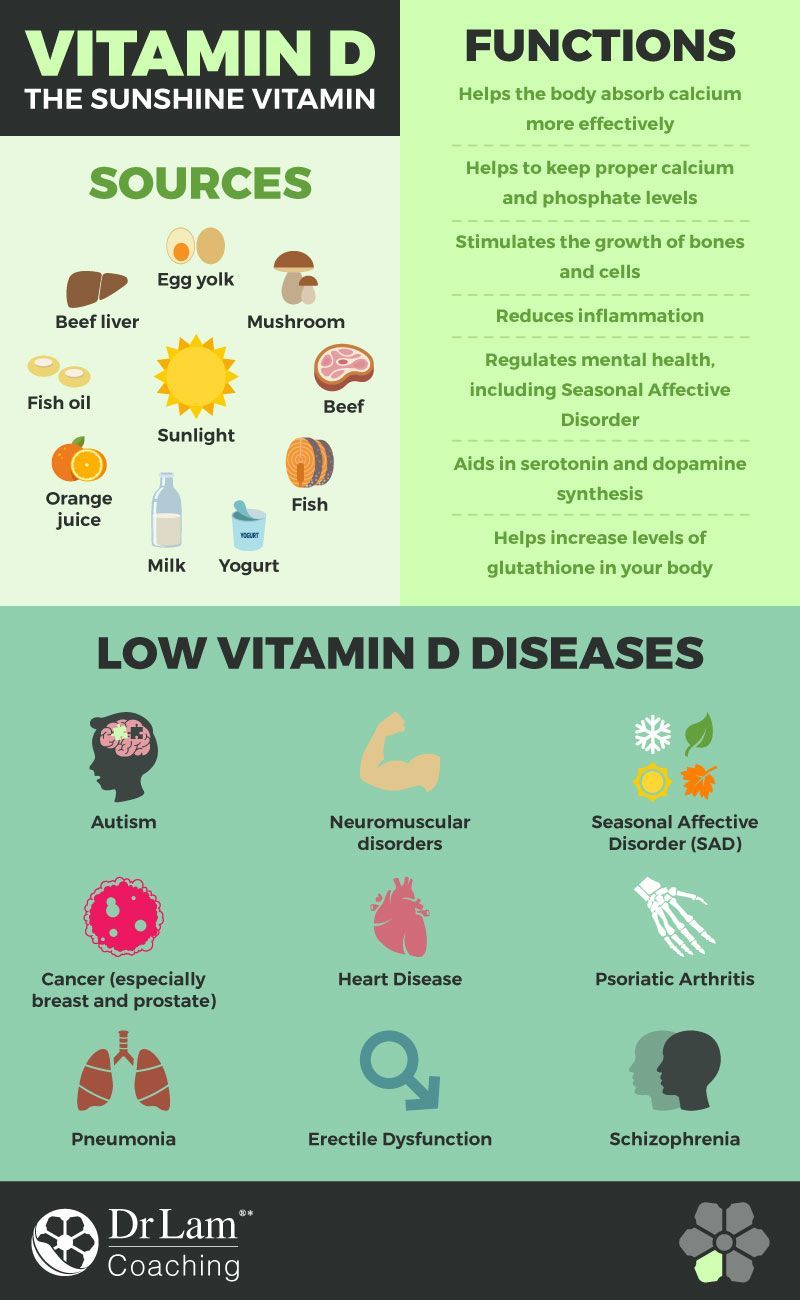
But what qualifies as “adequate” vitamin D? Well, studies show that an optimal blood level of vitamin D is around 250HD.
In one of these studies, researchers measured calcium absorption in two groups. The test group was pre-treated with vitamin D, while the control group was not. All participants received 500 mg oral calcium with breakfast, and blood was taken throughout the day to gauge calcium levels.
In the end, the group given vitamin D absorbed 65% more calcium than the control group! These results clearly demonstrate the importance of vitamin D for calcium absorption.
If you’re concerned about your vitamin D levels, it’s a good idea to get them checked with your doctor. Once you know where you stand, you’ll be able to make an informed decision on whether you need to supplement to maintain healthy vitamin D levels.
Take a Maximum of 500 mg of Calcium at a Time
Research shows that you absorb calcium most effectively in amounts of 500 mg or less. Amounts greater than 500 mg are poorly absorbed so it’s eliminated in your urine.
Amounts greater than 500 mg are poorly absorbed so it’s eliminated in your urine.
It’s worth noting that research also shows, for best results, you should take your calcium supplements in a dose of around 350 mg, twice daily.
To come to this conclusion, researchers looked at a sample of 37 men and women. They divided them into two groups: one group received 1000 mg of calcium all at once while the other group was given 300 mg.
Now, the subjects that received the 1000 mg were only able to absorb around 28.4% of the calcium from that dose. On the other hand, the group that received 300 mg, absorbed 36%. (Notice how these two values fall in the calcium absorption range of slightly above or below 30%!)
From these results, researchers determined that a dose of around 350 mg taken twice daily, may provide the best absorption of calcium. And that no more than 500 mg should be taken at a time. Think of it like this: you’re not overloading your small intestines with work that way.
Why Calcium Absorption Isn’t A Big Deal
It may seem intuitive that you’d want to absorb as much calcium as possible. And considering all the talk about “absorption”, it certainly seems that way! But this is another common misconception.
Here’s why:
Without excess calcium (calcium not absorbed into your bones) your body wouldn’t function properly. There’s a lot more to calcium than bone health. It plays a key role in vital biological processes outside your bones too.
So, excess calcium can actually be a great thing! According to the late Dr. Robert Heaney, arguably the world’s top calcium researcher, excess calcium can reduce prostate and colon cancer rate. It does this by combining with oxalates— an organic acid linked to many health problems including colon cancer. The calcium then carries these toxins out with your feces.
What’s more, calcium has been linked to positive health benefits like lower blood pressure and weight loss!
So, even if a hypothetical “95% absorbed” calcium supplement existed, you wouldn’t want to take it.
If you did, not only would the rest of your body miss out on calcium, but it would be calcium overload for your bones. Because just like not getting enough calcium can harm your bone health, getting too much can be harmful too.
Too much calcium can cause a nutrient imbalance. For example, it can trigger a magnesium deficiency. And without adequate magnesium, calcium can’t do its job properly… which defeats the purpose of taking calcium supplements in the first place.
So really, absorbing more calcium is beside the point. The focus should be on what a calcium supplement can do for your bone health, not on absorption. Which leads us to our next point: it’s what happens after absorption that really matters!
What Happens After Absorption Is What’s Really Important!
What you care about most is strong, healthy bones, right? So, what good does absorbing calcium do if you’re not building bone density?
This is why what happens after your body dissolves and absorbs your calcium supplement is the important part. Because after all this has taken place, you still need to make sure your body can use the calcium the way you want.
Because after all this has taken place, you still need to make sure your body can use the calcium the way you want.
Now, we spoke earlier about how you need a bit of excess calcium in your body, but the main reason you’re taking a calcium supplement is to improve your bone health. So you want a large chunk of the calcium you consume to make its way to your bones.
This is where “helper” nutrients come into play. As we mentioned before, vitamin D is key for making sure you can absorb calcium in the first place. But there are a few more vitamins and minerals you’ll want to take note of as well.
Vitamin K, especially in its K2 form, is another vital ingredient for healthy bones. In fact, you could consume more than enough calcium, but without vitamin K2, you’d still have weak bones… because they wouldn’t receive any of that calcium!
Vitamin K2 activates two proteins that handle where calcium goes in your body. These two proteins direct calcium to your bones and keep calcium out of places you don’t want it (like your blood vessels and kidneys).
Magnesium is also essential for healthy bones— it keeps them strong and malleable with the help of other minerals like boron, copper, nickel, phosphorus, silicon, and zinc (all of which are found naturally in AlgaeCal!). But in terms of calcium, too little magnesium can affect absorption.
This is because magnesium impacts the amount of parathyroid hormones you produce. And parathyroid hormones regulate how much calcium your body absorbs.
The moral of the story is that calcium doesn’t work in isolation to strengthen your bones. You need a balance of many vitamins, minerals, and the right circumstances to increase your bone density. A fact that is made clear by calcium’s inability to build bone when taken by itself!
This is why AlgaeCal uses a multi-nutrient approach to bone health. AlgaeCal Plus contains all 13 essential bone-supporting minerals and clinical doses of magnesium and vitamins K2 and D3. The combination of these nutrients ensures that calcium is delivered to where you need it most: your bones.
What’s more, the strain of algae that AlgaeCal is sourced from, Algas Calcareas, actually contains all the bone-supporting minerals in the balance your body needs them— naturally! It uses these minerals to support its own structure, so they’re basically pre-approved to support your bones too.
And since AlgaeCal comes from a natural, plant-based source, it won’t cause any nasty side effects like stomach upset and constipation either!
Calcium Absorption Takeaways
At the end of the day, it’s not calcium absorption you should be worrying about. It’s increasing your bone density.
But because of marketing misinformation, “absorption” is chocked up to be more important than it is. Yes, you need to absorb calcium to build bone. But all calciums absorb the same, at around 30%!
Plus, even if a calcium supplement could offer 95% absorption, you wouldn’t want to take it…
Your body needs calcium that’s not absorbed for many other essential biological functions like fighting toxins and lowering your blood pressure. So, if you absorbed too much calcium, there wouldn’t be enough leftover for the rest of your body!
So, if you absorbed too much calcium, there wouldn’t be enough leftover for the rest of your body!
That said, there are some factors that can affect absorption like:
- Whether you take your calcium with food
- Your vitamin D levels
- How much calcium you take at one time
But once again, ensuring you absorb calcium well doesn’t mean much, if it isn’t doing anything for your bone health. Which is why you need other essential minerals and vitamins with your calcium.
Specifically, vitamin D and K2, and magnesium (to name a few). These three nutrients help your body both absorb and use calcium to the best of its ability— and to the benefit of your bones!
Without these “helper” nutrients, you could take calcium supplements for years, and at best, you’d slow your bone loss. But when all the nutrients and minerals your bones need work together, then you can actually build bone density.
That’s why AlgaeCal’s multi-nutrient, plant-based calcium supplement is guaranteed to increase your bone density in as little as six months!
Calcium (for Teens) – Nemours Kidshealth
Calcium is a mineral that builds strong bones and teeth. It helps the body in lots of other ways too. Calcium keeps the nerves and muscles working. It also plays a role in keeping the heart healthy.
It helps the body in lots of other ways too. Calcium keeps the nerves and muscles working. It also plays a role in keeping the heart healthy.
Why Do I Need Calcium?
Strong bones are made during childhood and the teen years. People gradually lose bone as they get older, starting in their twenties. Teens need to get enough calcium in their diets to build strong bones and fight bone loss later in life.
If you get enough calcium and exercise when you are a kid and continue to do so as a teen, you’ll enter your adult years with the strongest bones possible. But many teens don’t get the recommended daily amount of calcium.
How Much Calcium Do I Need?
Teen guys and girls need 1,300 mg (milligrams) of calcium each day.
Get it from:
- Dairy products. Low-fat milk, yogurt, cheese, and cottage cheese are good sources of calcium.
- Veggies. You’ll also find calcium in broccoli and dark green leafy vegetables (especially collard and turnip greens, kale, and bok choy).

- Soy foods. Turn to calcium-fortified (or “calcium-set”) tofu, soy milk, tempeh, soy yogurt, and cooked soybeans (edamame).
- Calcium-fortified foods. Look for calcium-fortified orange juice, soy or almond milk, breads, and cereal.
- Beans. You can get decent amounts of calcium from baked beans, navy beans, white beans, and others.
- Canned fish. You’re in luck if you like sardines and canned salmon with bones.
Working Calcium Into Your Diet
Looking for ways to up your dietary calcium intake? Here are some easy ones:
- Put some cheddar in your omelet.
- Pack a yogurt in your lunch.
- Add white beans to your favorite soups.
- Add a slice of American, Swiss, or provolone cheese to sandwiches.
- Create mini-pizzas by topping whole-wheat English muffins or bagels with pizza sauce, low-fat mozzarella or soy cheese, and broccoli.

- Try whole-grain crackers with low-fat cheese as an afternoon treat.
- Dig into chili with red beans and cheese.
- Create parfaits with layers of plain yogurt, fruit, and whole-grain cereal.
- Add dark, leafy greens to your salads, stir-fries, and sandwiches.
- Drink milk or a milk alternative instead of sugary drinks.
How Can I Get Calcium if I’m Lactose Intolerant?
People who are lactose intolerant don’t have enough of the intestinal enzyme lactase that helps digest the sugar (lactose) in dairy products. Symptoms of lactose intolerance include gas, bloating, cramps, or diarrhea after drinking milk or eating dairy products.
Fortunately, lactose-free milk and other dairy products are available. You can take lactase drops and tablets with dairy to help with digestion.. Hard, aged cheeses (such as Swiss, parmesan, and cheddar) are lower in lactose. Yogurts with active cultures are easier to digest and much less likely to cause problems. If you avoid dairy completely, many milk and dairy alternatives (such as soy, almond, or coconut milk, yogurt, and cheeses) are calcium fortified.
If you avoid dairy completely, many milk and dairy alternatives (such as soy, almond, or coconut milk, yogurt, and cheeses) are calcium fortified.
How Can I Get Calcium if I’m a Vegetarian?
It can be a challenge to get enough calcium in a vegetarian diet that does not include dairy. But you can enjoy good sources of calcium such as dark green leafy vegetables; broccoli; chickpeas, and calcium-fortified products, including orange juice, cereals, and soy, almond, or coconut milk, yogurt, and cheese.
What Else Do I Need to Know About Building Strong Bones?
Vitamin D helps the body absorb calcium, so you need to get enough of this nutrient too. Vitamin D is made by the body when the skin is exposed to sunlight. Fatty fish and egg yolks naturally have some too, but most of the vitamin D in our diets comes from vitamin D fortified milk, bread, and cereal.
Exercise is very important to bone health. Weight-bearing exercises — such as jumping, running, and walking — help make bones strong.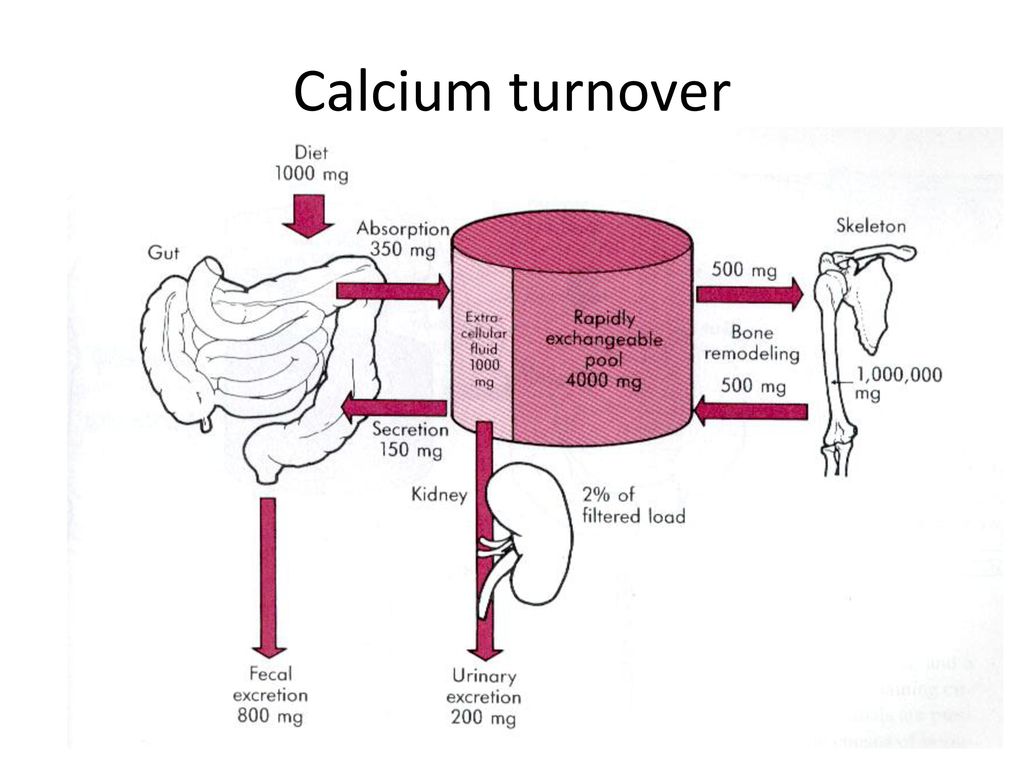
It’s best to get the calcium you need through a calcium-rich diet. If you don’t think you’re getting enough calcium or vitamin D in your diet, talk to your doctor about supplements.
The endocrinologist named the foods that contain the most calcium
https://rsport.ria.ru/20201008/kaltsiy-1578898639.html
The endocrinologist named the foods that contain the most calcium
The endocrinologist named the foods that contains the most calciumRIA Novosti Sport, 08.10.2020
2020-10-08T18: 25
2020-10-08T18: 25
2020-10-08T19: 56
healthy life
nutrition
health
vitamins
/ html / head / meta [@ name = ‘og: title’] / @ content
/ html / head / meta [@ name = ‘og: description’] / @ content
https: //cdnn21.img.ria. ru / images / 07e4 / 09 / 1d / 1577965560_0: 92: 3008: 1784_1920x0_80_0_0_0d67f5c1eecb2dd05d176274638de864.jpg
MOSCOW, October 8 – RIA Novosti. Endocrinologist Ekaterina Yang has listed useful foods that need to be included in the diet to replenish calcium reserves.According to her, calcium is the “largest” and essential mineral for the body. Every day a person needs from 400 to 1500 milligrams of calcium, the specialist notes. What foods are rich in calcium: The endocrinologist added that foods with a high content of polyunsaturated fatty acids, natural prebiotics (for example, inulin), vitamins D, C, as well as magnesium, copper, zinc, manganese and silicon.
Endocrinologist Ekaterina Yang has listed useful foods that need to be included in the diet to replenish calcium reserves.According to her, calcium is the “largest” and essential mineral for the body. Every day a person needs from 400 to 1500 milligrams of calcium, the specialist notes. What foods are rich in calcium: The endocrinologist added that foods with a high content of polyunsaturated fatty acids, natural prebiotics (for example, inulin), vitamins D, C, as well as magnesium, copper, zinc, manganese and silicon.
https://rsport.ria.ru/20201006/eda-1578329334.html
RIA Novosti Sport
internet-group @ rian.ru
7 495 645-6601
FSUE MIA “Russia Today”
https: //xn--c1acbl2abdlkab1og.xn--p1ai/awards/
2020
RIA Novosti Sport
internet-group @ rian. ru
7 495 645-6601
FSUE MIA “Russia Today”
https: //xn--c1acbl2abdlkab1og.xn--p1ai/awards/
News
ru-RU
https: // rsport.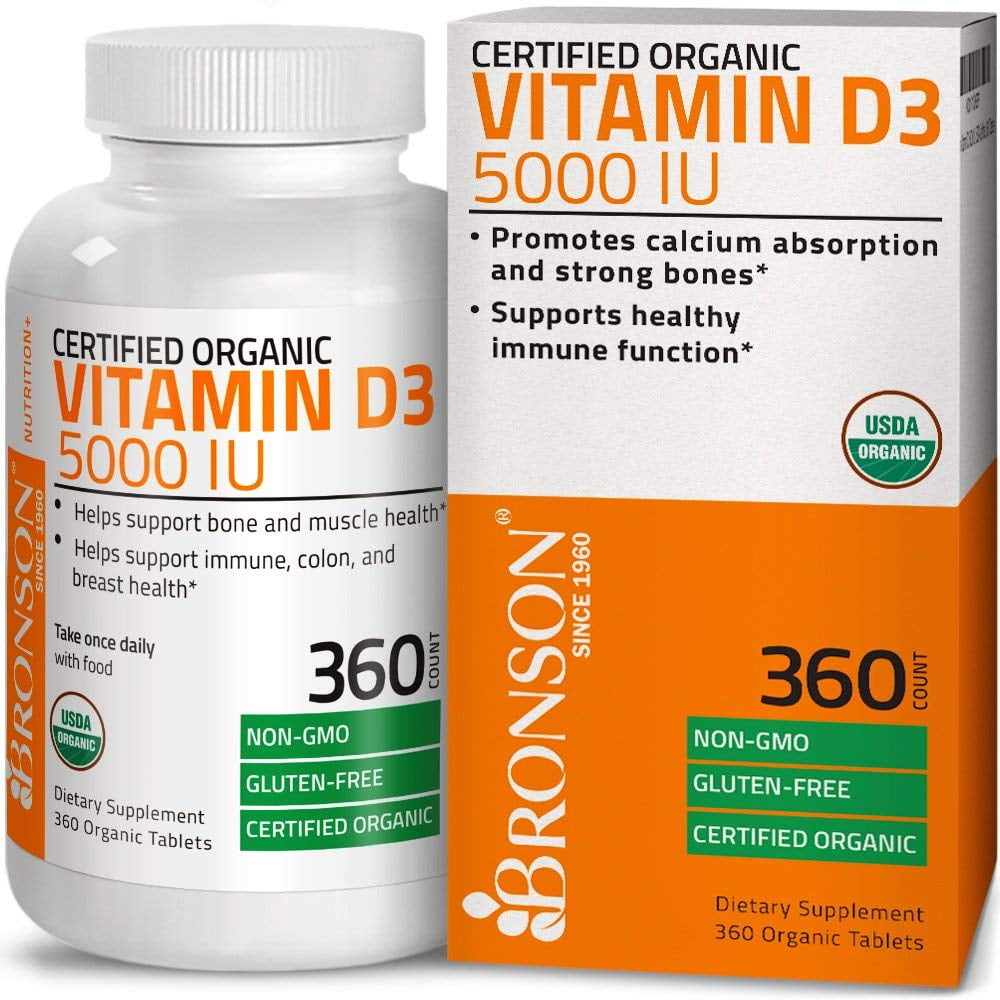 ria.ru/docs/about/copyright.html
ria.ru/docs/about/copyright.html
https: // xn – c1acbl2abdlkab1og.xn – p1ai /
RIA Novosti Sport
7 495 645-6601
FSUE MIA Russia Today
https: //xn--c1acbl2abdlkab1og.xn--p1ai/ awards /
https://cdnn21.img.ria.ru/images/07e4/09/1d/1577965560_32 0:2688:1992_1920x0_80_0_0_b8171b0acc8249a7950f168c36ec714f.jpg
RIA Novosti internet-roup
0005 -6601
FSUE MIA “Russia Today”
https: // xn – c1acbl2abdlkab1og.xn – p1ai / awards /
RIA Novosti Sport
7 495 645-6601
FSUE MIA Russia Today
https: //xn--c1acbl2abdlkab1og.xn-- p1ai / awards /
nutrition, health, vitamins
MOSCOW, October 8 – RIA Novosti. Endocrinologist Ekaterina Yang has listed useful foods that need to be included in the diet to replenish calcium reserves.
According to her, calcium is the “largest” and essential mineral for the body. Every day a person needs from 400 to 1500 milligrams of calcium, the specialist notes.
Every day a person needs from 400 to 1500 milligrams of calcium, the specialist notes.
Which foods contain a lot of calcium:
–
Seeds: sesame, poppy seeds, flax, hemp, amaranth, chia, mustard;
–
Nuts: almonds, Brazilian and walnuts, hazelnuts, pistachios;
–
Legumes;
–
Seafood and fish, especially shellfish, oysters, sardines;
–
Vegetables: turnips, carrots, garlic, all types of cabbage;
–
Leafy greens;
–
Aged hard cheeses: best goat or sheep.
6 October 2020, 04:30 HYD How to eat to be slim: five tips from an endocrinologist
The endocrinologist added that foods high in polyunsaturated fatty acids, natural prebiotics (for example, inulin), vitamins D, C, and a also magnesium, copper, zinc, manganese and silicon.
Butter – CITY HOSPITAL # 12 BARNAUL
A bit of history
When it comes to the most common and familiar food products, oil is one of the first to remember. Since ancient times, butter has been the basis of both the festive table and the daily meal. It is not for nothing that the sayings about delicious food are associated with butter – “good butter pancakes”, “you cannot spoil porridge with butter,” etc. Even the brightest of the pagan Slavic holidays bears the name of this product – Maslenitsa. Not having a large assortment of dishes, our ancestors, with the help of butter, were able to give a festive “color” even to millet porridge or empty potatoes.
Since ancient times, butter has been the basis of both the festive table and the daily meal. It is not for nothing that the sayings about delicious food are associated with butter – “good butter pancakes”, “you cannot spoil porridge with butter,” etc. Even the brightest of the pagan Slavic holidays bears the name of this product – Maslenitsa. Not having a large assortment of dishes, our ancestors, with the help of butter, were able to give a festive “color” even to millet porridge or empty potatoes.
Disputes about the dangers of oil
At the beginning of the 20th century, butter fell out of favor with physiologists, who began to suspect that the consumption of fat-saturated butter led to coronary heart disease and vascular problems.And it was from this time that the persecution of cholesterol and products containing it began. Nutritionists around the world have advised removing butter from their diets. Enormous funds were sent to experiments that were supposed to confirm the harm of butter and its “responsibility” for heart disease.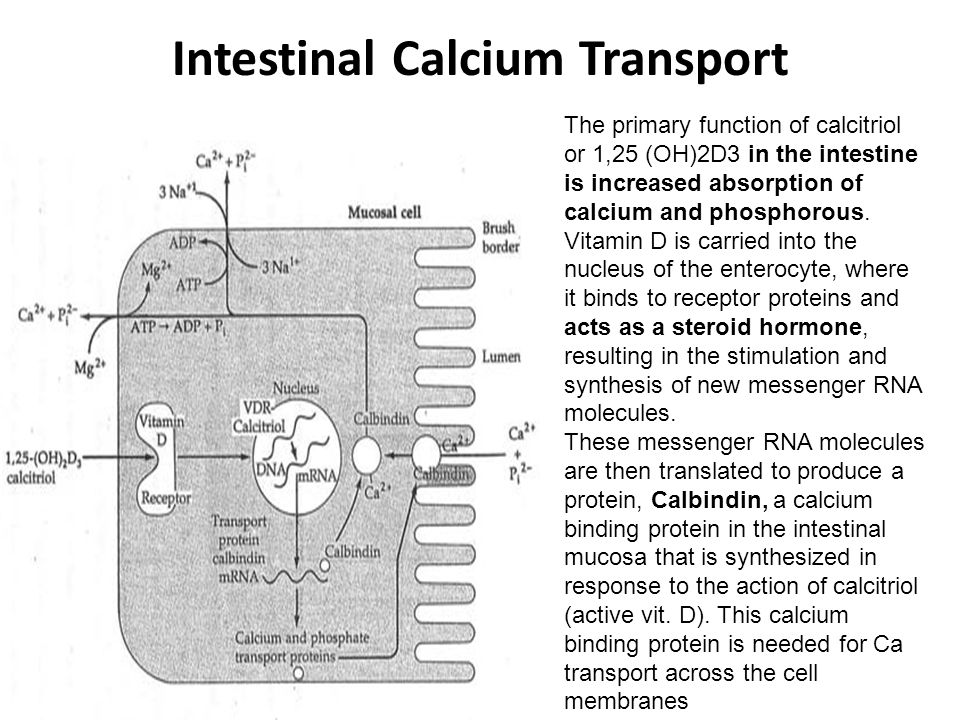 However, this has never been conclusively proven. And lately, more and more voices have been voiced in defense of butter.
However, this has never been conclusively proven. And lately, more and more voices have been voiced in defense of butter.
Useful properties of oil
In the heat of the fight against cholesterol-containing products, the beneficial properties of butter were undoubtedly forgotten.Butter contains fatty acids, proteins, carbohydrates, vitamins A, D, E, PP, B vitamins, iron, calcium, potassium, magnesium, phosphorus, sodium, copper, manganese, zinc. Vitamin E is essential for the beauty and health of hair and nails, the strength of our muscles; vitamin A maintains normal vision, is responsible for the health of the skin and mucous membranes. Butter helps regulate hormonal balance, increases human performance and reduces fatigue. The oil contains a large amount of vitamin D, which is responsible for the absorption of calcium, which is so necessary for the bones.All of these vitamins are fat-soluble, and the body absorbs them best with the help of animal fats. Linoleic acid enhances human immunity and blocks the development of metastases.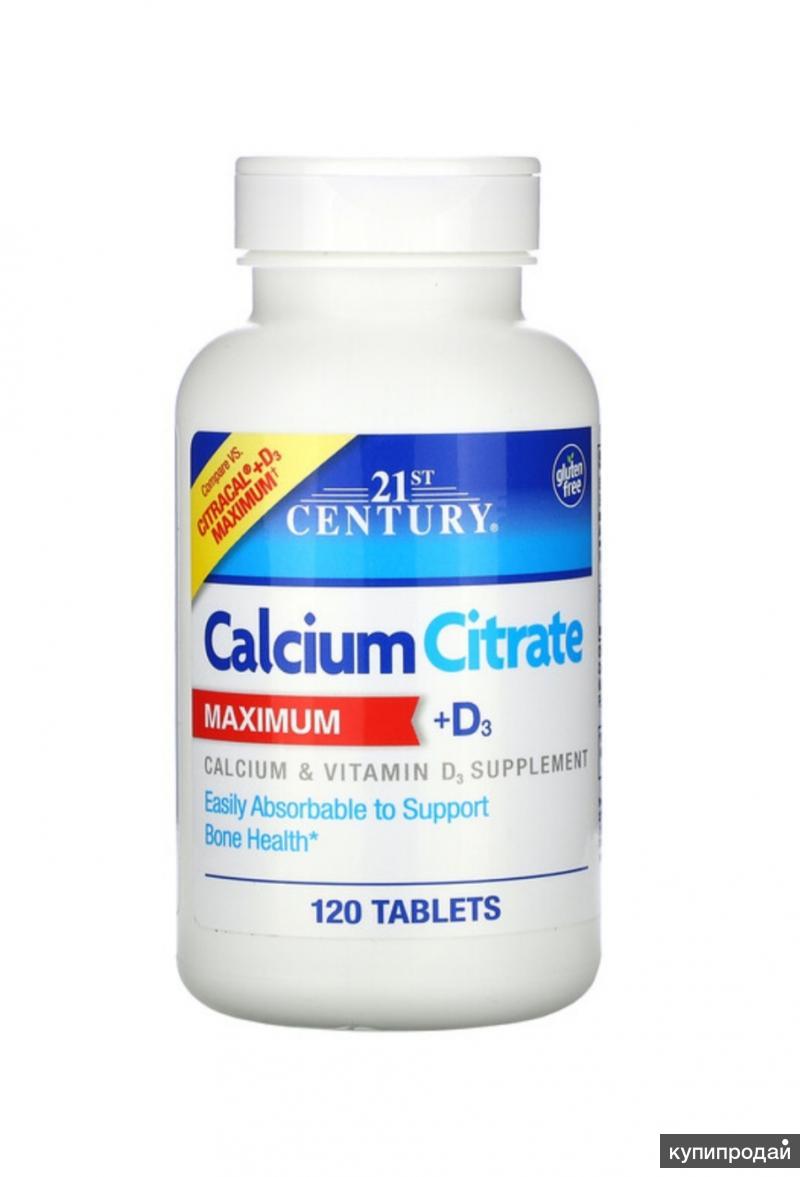 Another acid contained in the oil – lauric – helps the body resist fungal diseases, in particular, it is used in the treatment of thrush.
Another acid contained in the oil – lauric – helps the body resist fungal diseases, in particular, it is used in the treatment of thrush.
Consumption rate and composition of butter
The minimum daily allowance for a healthy person is 10 g, but can be consumed up to 30 g.For children, natural butter is healthier than substitutes such as spreads. Milk fat, necessary for growth and development, is absorbed by the child’s body more easily than vegetable fat. Without fatty acids, which butter is rich in, normal synthesis of sex hormones is impossible; fats are a source of energy that our body needs for our daily activities and work. Fat-soluble vitamins are found mainly in butter and other animal products, and those found in plants and herbs cannot be absorbed without fat.There is as much vitamin A in butter as there is in no other vegetable oil, and it is necessary not only for eyesight and skin, but also for the activity of the immune system.
How to choose butter
Only a product that is obtained from natural cream, and its fat content is 82. 5% or more, can be called butter. A product with a lower fat content and a lot of different food additives that replaces the natural base is not butter – it is a spread, margarine or other ersatz product, and it should be cheaper.Do not buy butter wrapped in parchment paper – it loses many vitamins in the light and oxidizes. Take oil in foil – much more useful is stored in it.
5% or more, can be called butter. A product with a lower fat content and a lot of different food additives that replaces the natural base is not butter – it is a spread, margarine or other ersatz product, and it should be cheaper.Do not buy butter wrapped in parchment paper – it loses many vitamins in the light and oxidizes. Take oil in foil – much more useful is stored in it.
If you nevertheless bought oil that has been exposed to light, do not use its top layer, which is yellowed and dull – remove it and throw it away.
Store oil in a refrigerator or in a dark place at a temperature not exceeding 12 ° C. You can store the oil at room temperature for a short time, but so that light does not enter. You cannot use glass oil cans – in them the oil loses all its beneficial properties in just a day; choose ceramic, plastic, porcelain oilers – in general, the material should be opaque.
Butter tends to absorb various odors, so do not keep pungent-smelling foods or things in the kitchen.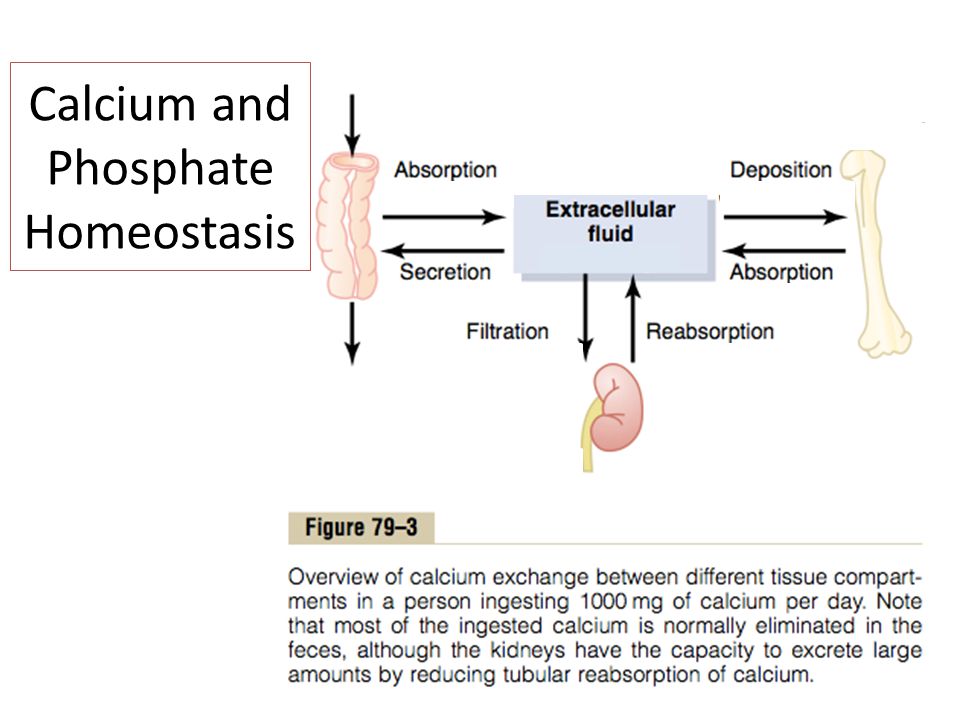
You can only benefit from fresh, natural butter.
It is not necessary to overcook it, but it is better to add it to the dishes after they are ready.
What is the real harm of oil?
Recently, a number of scientists have proved that daily consumption of butter does not increase or decrease cholesterol.On the other hand, of course, the high calorie content of this product leads to weight gain, and this, in turn, entails many diseases. But in this, as in other issues of balanced nutrition, it is necessary to turn to an adequate concept of measure so as not to suffer from the consequences of overeating the saturated fats contained in butter.
90,000 Sunburn – is it harm or good?
Sunburn – pigmentation of human skin under the influence of ultraviolet radiation.
By sunbathing in the sun, a person strengthens the immune system, increases physical and mental activity, and assimilates calcium more easily. However, all of these factors are manifested during a short-term exposure to the floor with ultraviolet rays. If you do not comply with the established norms, then prolonged exposure to the sun, on the contrary, leads to suppression of immunity. It is this fact that explains the frequent colds among people who have just returned from hot resorts.
However, all of these factors are manifested during a short-term exposure to the floor with ultraviolet rays. If you do not comply with the established norms, then prolonged exposure to the sun, on the contrary, leads to suppression of immunity. It is this fact that explains the frequent colds among people who have just returned from hot resorts.
Small amounts of sunlight are useful.It helps the human body to quickly assimilate fats, proteins, ascorbic acid, various trace elements, as well as vitamins E, D. It should also be borne in mind that the sun is not the only source of vitamin D. Its reserves can be replenished by following a diet consisting mainly of dairy and fish products.
Ultraviolet light has a peculiar therapeutic effect on a person’s mood: it helps to produce hormones of happiness and to destroy hormones that are responsible for the development of feelings of longing (serotonin) synthesized by the pituitary gland.
Tanning Can Be Good in Reasonable Amounts!
Prolonged exposure to the scorching sun causes burns, exacerbation of old diseases and the emergence of new ones.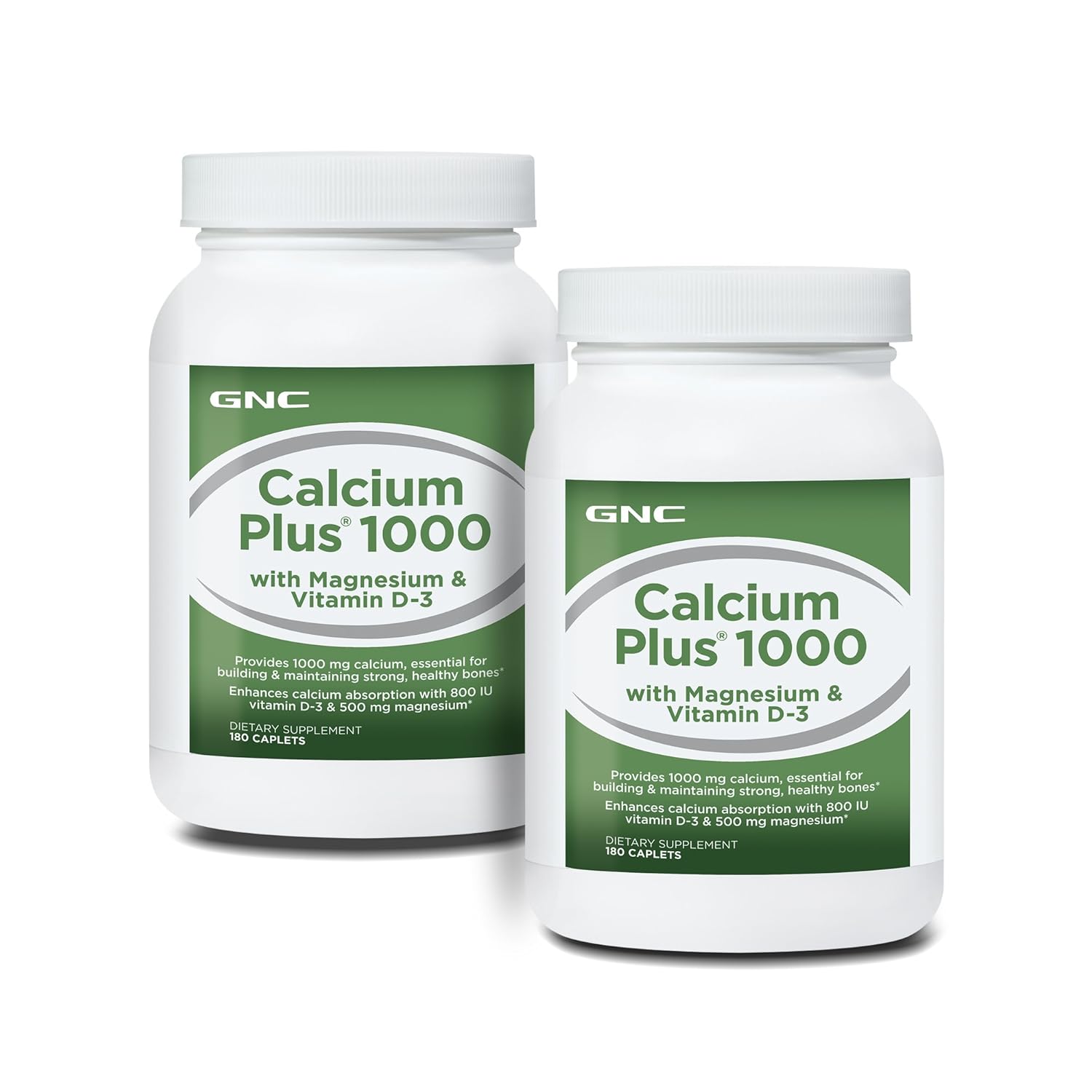
Overheating of the body, leading to increased sweating and excretion of water and salt from the body, is an equally significant factor that does not benefit health.
The sebaceous and sweat glands, which are the natural defenses of the skin, can also be affected by the sun’s rays.This can lead to early aging and wilting of the outer layers of the body.
Sunburn is harmful to people with heart disease (their legs swell and a feeling of heaviness appears).
In some types of tuberculosis, exposure to ultraviolet radiation leads to the progression of the disease. The sun can only have a positive effect on bone tuberculosis.
It is dangerous to sunbathe during pregnancy.
With prolonged exposure to direct sunlight in a woman’s body, the hormonal background changes and the content of estrogen increases.This is fraught with the appearance of age spots on the face, also referred to as the “mask of pregnancy.”
After the birth of a child, they may leave, or they may remain forever.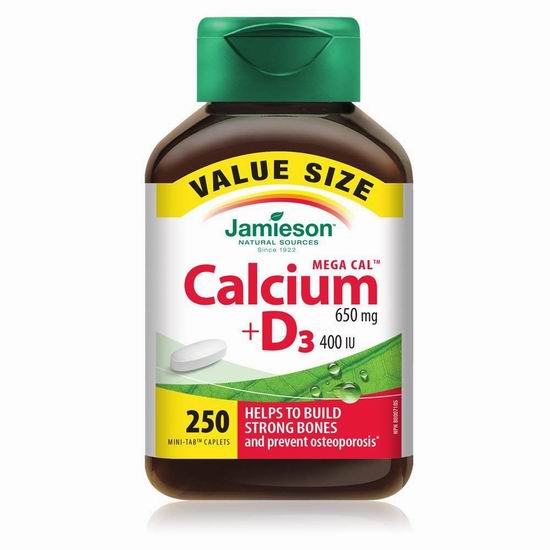
A pattern was found between prolonged exposure to ultraviolet light and congenital abnormalities in the development of the nervous system of the unborn baby. Thus, the tanning of the expectant mother can harm the unborn child.
If you decide that leather without a chocolate shade is not acceptable in summer, then the best time to purchase it is from 8 to 11 am and from 4 pm to 7 pm.
Remember the hottest months – July and August, and the most dangerous time is lunchtime.
As the summer season approaches, make sure to purchase free-flowing clothing, as well as sunglasses and a wide-brimmed hat. They will help you, protect you from the sultry midday sun.
If you are high in the mountains, then remember the Sun is the most active in such places.
When sunbathing on the beach, in no case should you put water on your body or sunbathe only after swimming.This will not bring you the desired effect, but you will definitely achieve micro-burns and skin damage.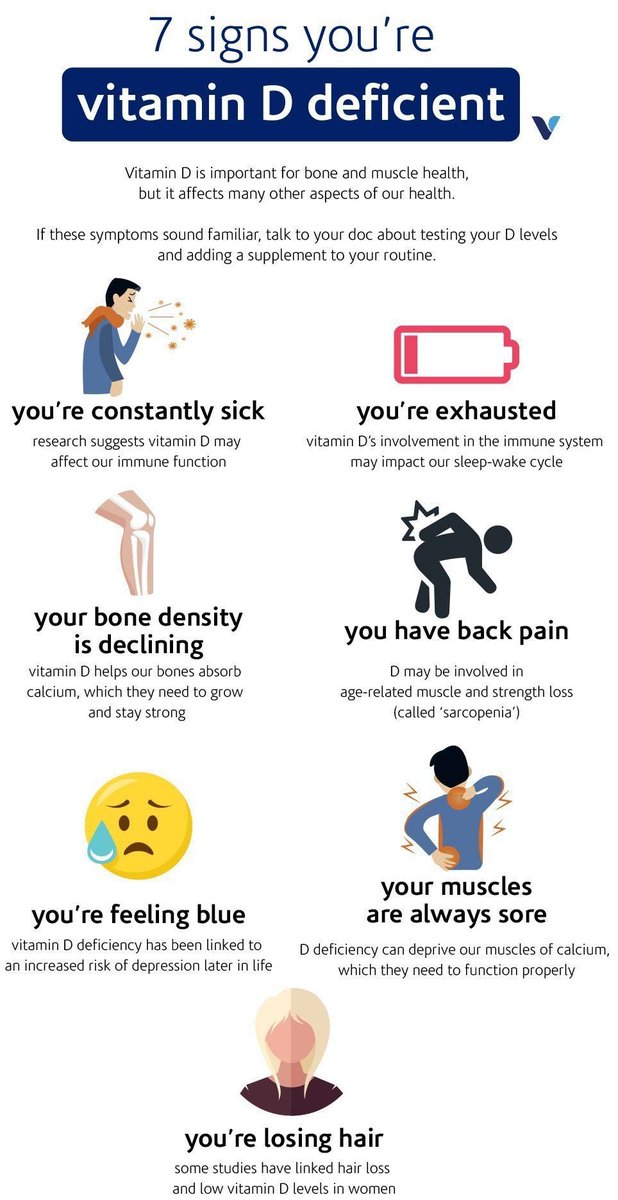 Remember, water droplets are physically comparable to lenses that focus ultraviolet rays on small areas of outer tissue, causing them to overheat and burn.
Remember, water droplets are physically comparable to lenses that focus ultraviolet rays on small areas of outer tissue, causing them to overheat and burn.
To help the body cope with the harmful effects of sunlight, eat fresh fruits, berries, drink plenty of fluids.
Drink more plain, pure water to help the body cope with the abundant loss of moisture and prevent dehydration.
After relaxing on the beach, shower and apply a special moisturizing after-sun lotion containing vitamin E.
Consult your doctor regarding indications and contraindications for tanning.
90,000 How to properly strengthen your teeth? Prevention of dental disease
People’s interest in strengthening teeth is often attributed to bleeding or loose teeth. People do not always pay due attention to the choice of a toothbrush, paste and rinse aid, and visit the dentist only in extreme cases.How to properly strengthen your teeth – this is a complete material from the doctors of the DentArt clinic of aesthetic dentistry. In the article you will learn about prevention, prohibited foods, essential vitamins.
In the article you will learn about prevention, prohibited foods, essential vitamins.
CONTENTS
- Correct prophylaxis is the main way to strengthen teeth
- Rules for the care of the oral cavity
- What vitamins and foods are needed to strengthen teeth?
- How to strengthen teeth in dentistry?
- Conclusion
- A word to the doctor
Correct prophylaxis is the main way to strengthen teeth
Bleeding gums is the first moment that makes a person think about the health of the oral cavity.It can signal the development of gum disease, which can lead to persistent bad breath, inflammation, and even tooth loss.
A more frightening signal is unsteadiness, which leads to the consumption of excessively solid food, age or periodontal dental mobility. The latter appears in advanced stages of periodontitis or periodontal disease, signaling inflammatory diseases of the periodontal tissues. The disease can proceed with pronounced painful sensations or imperceptibly.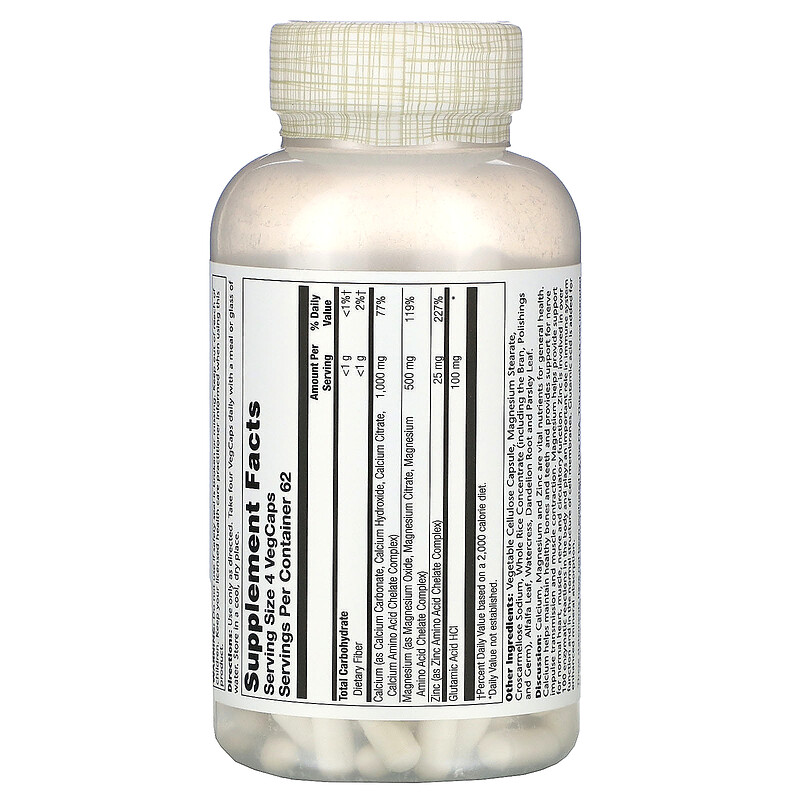 Ignoring leads to one result – loss or the necessary extraction of the tooth.
Ignoring leads to one result – loss or the necessary extraction of the tooth.
Rules for the care of the oral cavity
To avoid the development of dental diseases, you need to know how to properly strengthen your teeth. We recommend cleaning them 2 times a day for 3.5 minutes. For safe and effective cleaning, it is best to move from the gum to the edge of the incisor.
Take care of the basic ingredients for good hygiene :
- Toothbrush. Versions with artificial hair last up to 4 months, effectively getting rid of food debris and bacteria without scratching the enamel.
- Toothpaste. It is better to abandon whitening pastes for daily use, they can be used only up to 1 month, as they contain substances with too aggressive effect on the enamel. They can be replaced with other options – desensitizing pastes.
- Irrigator. Is a device for removing food debris and plaque at home.
 It is especially useful for improving hygiene in hard-to-reach areas. People who wear braces, crowns, bridges cannot do without it.
It is especially useful for improving hygiene in hard-to-reach areas. People who wear braces, crowns, bridges cannot do without it. - Floss. If you want to avoid the development of bacteria, then use dental floss for cleaning. There are even special floss toothpicks to help you safely get rid of food debris.
- Rinse aid. It can be used to mechanically remove plaque, strengthen teeth and gums. There are options with anti-inflammatory, moisturizing, wound healing and other actions.Given the wide variety, the attending physician should select a rinse, based on the characteristics of your body.
Human habits play an important role. For example, if you want to strengthen your teeth, then it is better to avoid the frequent use of too hot or cold drinks. We do not recommend eating ice cream immediately after hot tea / coffee.
Solid foods such as apples and carrots help improve blood flow to the gums and strengthen teeth.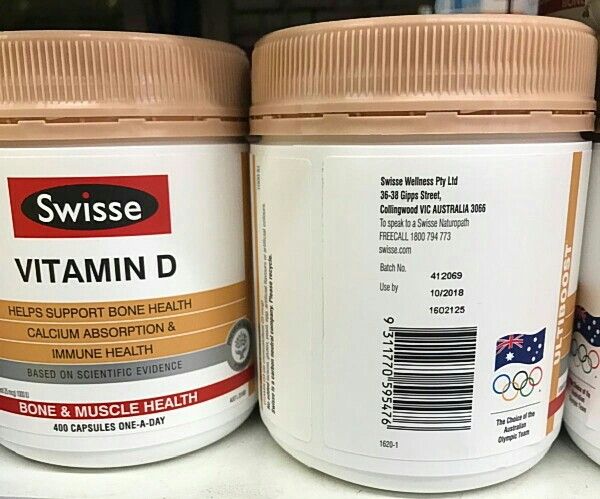 Rinsing with water at room temperature will help get rid of precipitation of fruit acid on the enamel.
Rinsing with water at room temperature will help get rid of precipitation of fruit acid on the enamel.
All chewing gum lovers need to use it carefully. Chewing gum should not be consumed on an empty stomach, otherwise there is a high probability of disrupting the work of the gastrointestinal tract. It cannot be used as an alternative to a toothbrush because it cannot properly rid teeth of plaque and food debris.
What vitamins and foods are needed to strengthen teeth?
Foods that we eat every day have a particular effect on the condition of the oral cavity.Sticky and sugary foods harm the teeth, as they can stay in the mouth for a long time, gradually destroying the enamel. Some foods, on the other hand, help improve health.
The DentArt team has compiled a list of vitamins and minerals that improve oral health:
- Calcium. Adding milk, kefir, yogurt and other dairy products to your diet is an effective way to strengthen your teeth with calcium.
 Remember to consume eggs, nuts, seafood, and dates regularly.
Remember to consume eggs, nuts, seafood, and dates regularly. - Phosphorus. A sufficient amount of phosphorus in the body guarantees the presence of healthy and strong enamel. It can be obtained from red meat, fish, buckwheat, beans, oatmeal.
- Fluorine. Include black and green teas, walnuts, and garlic in the diet to resist caries and destroy the bacterial environment. Even mineral water contains enough fluoride.
- Vitamin D. Essential for good absorption of calcium and phosphorus. It can be obtained from fish oil, eggs, butter, and olive oil.
- Magnesium. Cashews, peanuts, hazelnuts, almonds and other nuts are the foods with the highest magnesium content. Additionally, include oatmeal, peas and beans, and mustard in the diet.
- Vitamin C. Important for the whole body, including the gums and oral mucosa. It can be obtained from kiwis, strawberries, spinach, black currants, and citrus fruits.

When adding the above-described vitamins and minerals to the diet, you must comply with the norm, because their excessive use will negatively affect the entire body.Our doctors give detailed advice, including nutrition.
How to strengthen teeth in dentistry?
Everyone has their own characteristics of the body, so general advice can rarely really help. Recommendations on forums or on social networks, folk remedies can even aggravate diseases of the oral cavity, which is why there is a high risk of losing one or more teeth.
The best solution is to strengthen the enamel of teeth in dentistry “DentArt”. It is likely that the problems began due to demineralization – the loss of minerals and salts.This results from the frequent consumption of foods high in carbohydrates and poor oral hygiene.
Indications for enamel strengthening are:
- caries at the stage of white spot;
- Hypersensitivity of a particular or all teeth;
- Installed orthodontic appliances such as braces
- upcoming teeth whitening procedure;
- children’s age.

Turning to specialists, you will receive effective strengthening of teeth.We will remineralize, that is, we will saturate the enamel with the missing minerals, which will help restore and increase acid resistance.
Fluoridation is often used to strengthen teeth. When fluorine is combined with hydroxyapatite, a more acid-resistant element is obtained. Fluoride can also speed up the absorption of calcium and phosphorus, improving the condition of the enamel. If there is an urgent need to restore the enamel, then the deep fluoridation method comes to the rescue, that is, coating with fluorine varnish.
Conclusion
Many people cannot believe that proper regular brushing, adding vitamins and minerals to the diet, avoiding too hot and cold drinks will help strengthen teeth. All you need to do is start taking care of your oral cavity, getting rid of bacteria and their nutrient medium, in order to avoid tooth decay, bleeding gums and loose teeth.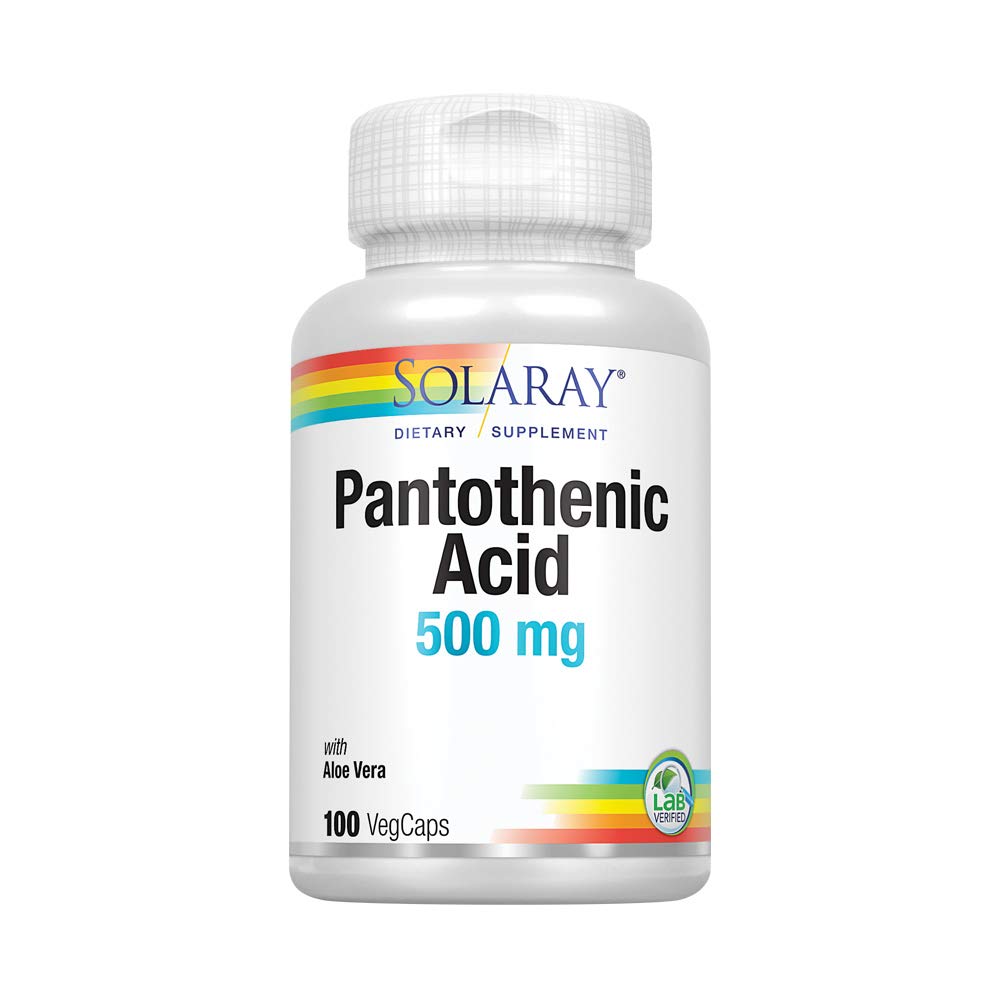
A word to the doctor
Olga Babanskaya,
Dentist, therapist:
“We often fail to notice the lack of proper oral care in our lives.Patients are surprised after learning simple methods of strengthening teeth. Gently brushing your teeth, using mouth rinses, eating a nutritious diet, and getting enough vitamins are obvious things that many people forget.
You just need to be extremely careful with self-medication. I recommend contacting our clinic of aesthetic dentistry, where, after the examination, the attending physician will draw up a detailed treatment plan. Even one consultation will help you strengthen your teeth, avoid the appearance and development of oral diseases! ”
Article rating:
90,000 Calcium Guide.The norm and excess of calcium, calcium during pregnancy
This is the first of two articles in which we explain what calcium is, how excess and deficient calcium affects the body, and how much calcium is absorbed from foods.
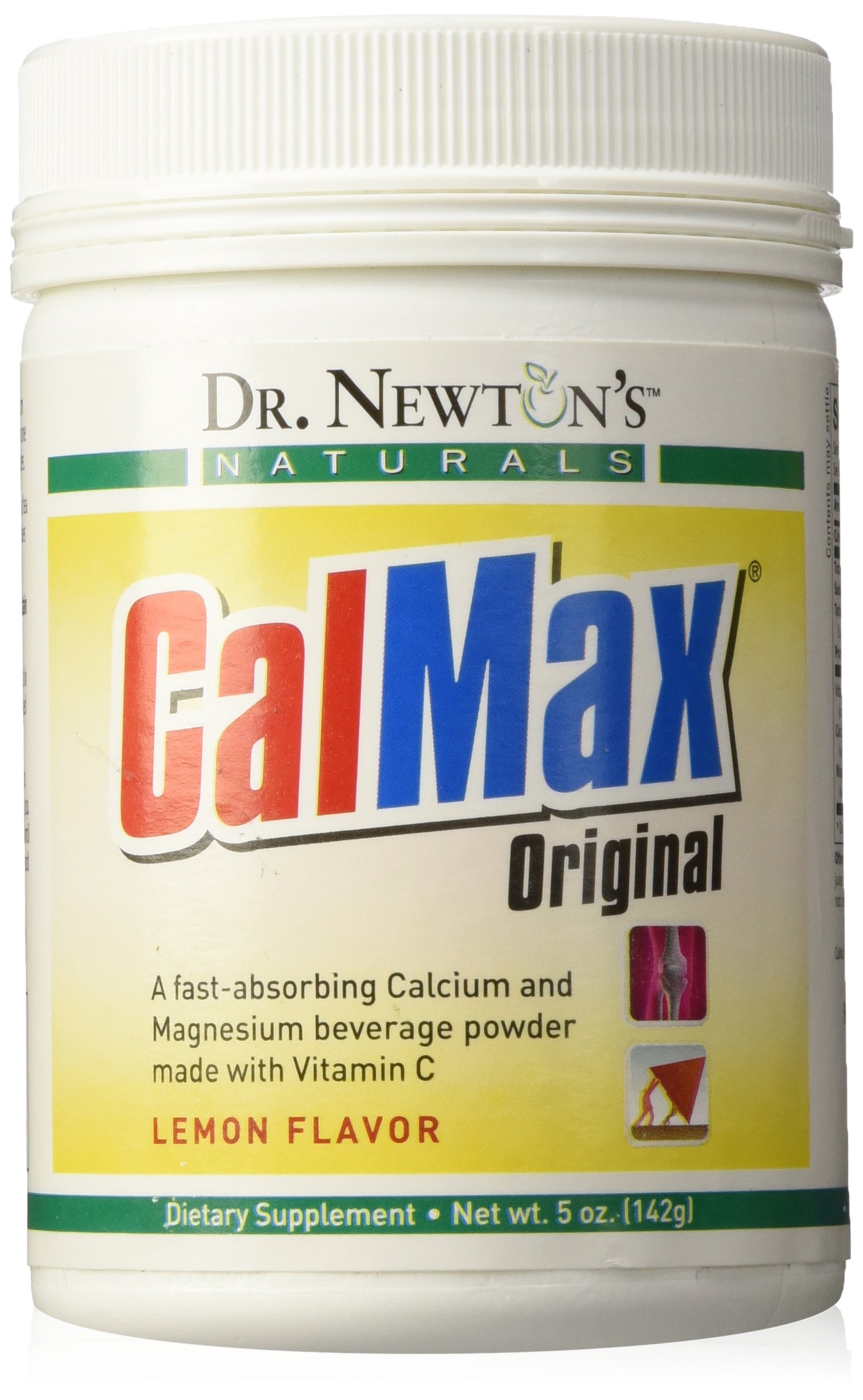
Calcium is an essential substance that the body needs to perform many important functions. The human body is not able to synthesize calcium on its own, so the mineral must be supplied with food or in the form of supplements. Most of the calcium in the body is stored in teeth and bones, helping to maintain their structure and density.
In case of lack of calcium, the condition of bones, hair, skin, nails and cardiovascular system can deteriorate. But an excess of calcium can lead to negative consequences for the body. Learn why and how to maintain calcium balance in your body.
Content
Calcium functions and metabolism
Calcium is an essential nutrient that the body must receive from the diet. This mineral accumulates in bone tissue and circulates in the blood.
But calcium has other functions as well.It plays a vital role in muscle contraction. It’s not just for limb flexion: Calcium helps to regulate the heart muscle, ensuring constant and rhythmic heartbeats.
Calcium also promotes blood clotting to stop bleeding from cuts and wounds. The work of the cardiovascular system also depends on it: research shows that a diet rich in calcium can help lower blood pressure.
In addition, calcium supports the transmission of electrical impulses in the nervous system and helps transmit messages from the brain to your muscles and organs.
Calcium metabolism
The body needs the help of other substances for various chemical reactions. Three hormones are involved in calcium metabolism:
- Parathyroid hormone
- Vitamin D
- Calcitonin
The parathyroid gland located on the neck is responsible for the regulation of calcium levels in the human body. When the body lacks calcium, it releases parathyroid hormone, which stimulates the release of calcium from the bones into the blood.However, this affects bone density and reduces new bone formation.
Vitamin D is responsible for the absorption of calcium. It is divided into two types: D2, which is ingested with food, and vitamin D3, which the body produces under the influence of ultraviolet radiation. A combination of calcium and vitamin D deficiencies can reduce bone strength and increase the risk of fractures in old age.
It is divided into two types: D2, which is ingested with food, and vitamin D3, which the body produces under the influence of ultraviolet radiation. A combination of calcium and vitamin D deficiencies can reduce bone strength and increase the risk of fractures in old age.
Calcium affects the metabolism of other substances and the work of drugs. For example, the interaction of calcium with antibiotics affects their absorption.And calcium also reduces the absorption of iron.
Calcitonin is a thyroid hormone that is activated when there is a lot of calcium in the blood. It stops the release of calcium from bones and prevents them from breaking down. When calcium levels drop, calcitonin slows down the action.
The influence of genetics on calcium levels
Your genes also influence the level of calcium in the body. For example, the CASR gene encodes calcium-sensitive receptors that are involved in metabolic processes and regulate mineral levels in the body. Certain variants of this gene can decrease or increase calcium metabolism.
Certain variants of this gene can decrease or increase calcium metabolism.
Genetic Test Atlas will tell you how your genes affect calcium metabolism in the body.
Calcium during pregnancy and childhood
Most of all calcium is required by the body in childhood, as well as during pregnancy and lactation. Research shows that healthy calcium levels in pregnant women can reduce the risk of premature birth and low birth weight.
Photo by engin akyurt / Unsplash
Calcium during pregnancy is also important for the health of the mother. Preventing calcium deficiency during pregnancy and breastfeeding helps prevent osteoporosis in mothers later in life. And also to reduce the risk of preeclampsia – a complication of pregnancy, which is characterized by high blood pressure and damage to the liver and kidneys.
Calcium norm for children
Lack of calcium or vitamin D in childhood can lead to rickets, a condition characterized by soft and weak bones.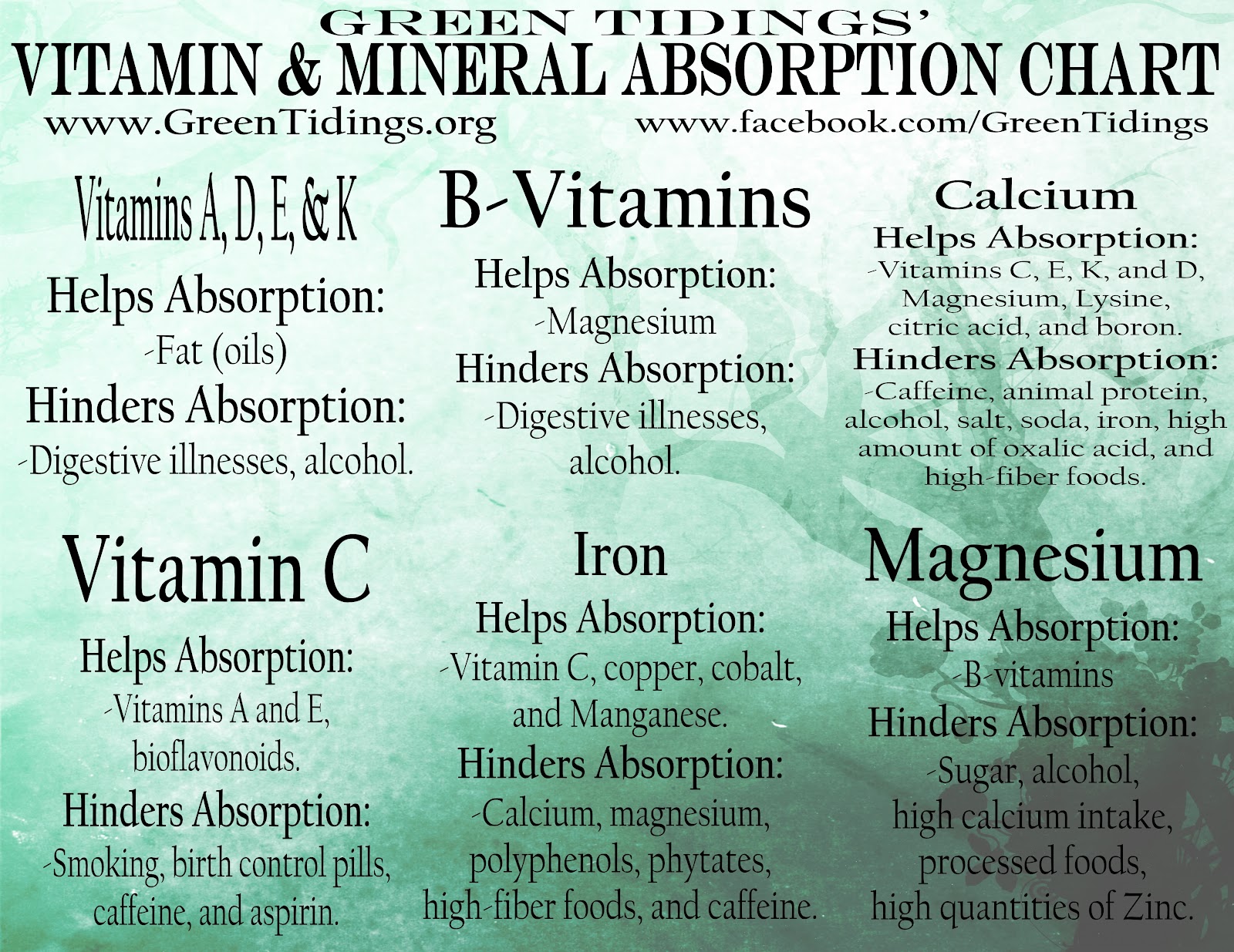 It is important for children to get enough calcium so that the body can achieve maximum bone mass, which is important for skeletal health.
It is important for children to get enough calcium so that the body can achieve maximum bone mass, which is important for skeletal health.
Age | Calcium Daily Value (milligrams) | ||||||||
0–6 months | 200 | 260 1–3 years 700 4–8 years 1000 13000 14-18 years 1300 |
A person gains maximum bone mass by the age of 30.After that, it is gradually depleted.
Norms of calcium in the body
The amount of calcium a person needs depends on age and gender. Many sources speak of an average daily calcium requirement of 1,000 mg of calcium per day. However, some scientists and doctors believe that this can lead to an excess of the mineral in the body, and that it is enough to consume 500-700 mg per day.
Many sources speak of an average daily calcium requirement of 1,000 mg of calcium per day. However, some scientists and doctors believe that this can lead to an excess of the mineral in the body, and that it is enough to consume 500-700 mg per day.
Health services in some countries, such as the United States and Canada, recommend that women over 50 years of age increase the amount of calcium in their diet to prevent postmenopausal osteoporosis.However, some scholars question this. Research shows that increasing the amount of calcium in women does not affect postmenopausal bone loss.
Blood calcium level
Only 1% of calcium circulates in the bloodstream, and 99% of this mineral is stored in the bones. A blood test is required to determine serum calcium levels. Normal levels range from 2.2 to 2.6 millimoles per liter (mmol / L). Results outside this range may indicate health problems.
High or low calcium levels can be useful in diagnosing hormone-related conditions such as hypo- and hyperparathyroidism.
How excess calcium affects the body
Hypercalcemia is a condition in which the level of calcium in the blood exceeds> 2.8 mmol / L. The reason for this is more often primary hyperparathyroidism, in which the parathyroid gland is damaged. As a result, she produces too much parathyroid hormone, which leads to high calcium levels.
Photo by Alex Artsibashev / Unsplash
Risks of Hypercalcemia:
Excessive calcium in the body is associated with health risks such as the development of osteoporosis, the formation of kidney stones and renal failure, impaired functioning of the nervous system, and arrhythmia – an irregular heart rhythm …
Excess calcium is also caused by some forms of cancer, including breast, lung, and blood cancers. In addition, the following factors are associated with high calcium levels:
- some medications;
- lithium;
- calcium carbonate;
- Vitamins with calcium and vitamin D supplements;
- hyperthyroidism;
- lung diseases;
- renal failure.

Calcium carbonate is a food supplement that is taken when there is a lack of minerals in the body, in case of an upset stomach, and to relieve the symptoms of heartburn.
Symptoms of excess calcium in the body
Depending on the degree of excess calcium in the blood, symptoms can range from thirst and frequent urination to heart and pancreas problems.
Blood calcium level (mmol / L) | Symptoms |
Up to 2.8 | Excessive thirst and urination, heartburn, depression, some cognitive impairment |
Up to 3.5 | The above symptoms, as well as constipation, increased fatigue, muscle weakness, 3,0004 low |
From 3.5 | Symptoms mentioned above, as well as vomiting, dehydration, heart rhythm disturbances, pancreatitis |
Calcium accumulation in the body
– Calcium accumulation in tissues affect any part of the body. It is a condition that can be caused by hypercalcemia, as well as infections and inflammation. Taking excessive amounts of calcium supplements increases the risk of soft tissue calcification.
It is a condition that can be caused by hypercalcemia, as well as infections and inflammation. Taking excessive amounts of calcium supplements increases the risk of soft tissue calcification.
Calcium deposits occur in the breast and are usually due to trauma, infection, inflammation, or from breast cancer or radiation therapy. Calcium build-up can also occur in the joints, for example, cause calcium deposits in the shoulder. This is because the intra-articular fluid and the cartilage covering the joints contain calcium and can form crystals.
In the next part, you will learn how calcium deficiency affects the body, which foods contain the most calcium, and how the absorption of calcium from animal and plant foods differs.
- Piste Pravina, Didwagh Sayaji, Mokashi Avinash, Calcium and its Role in Human Body, 2013
- Ivana Y. Kuo, Barbara E. Ehrlich, Signaling in Muscle Contraction, 2015
- G Simonetti, M Mohaupt, Calcium and blood pressure, 2007
- Sneha Singh et al., Structure functional insights into calcium binding during the activation of coagulation factor XIII A, 2019
- NIH, Calcium Fact Sheet for Consumers, 2019
- WHO, Calcium supplementation during pregnancy to reduce the risk of pre-eclampsia
- NHS, Calcium
- Harvard Women’s Health Watch, 2015
- NHS, Hypoparathyroidism
- Sarah M Bristow et al., Dietary Calcium Intake and Bone Loss Over 6 Years in Osteopenic Postmenopausal Women, 2019
- UCLA Health, Causes of High Calcium Levels in the Blood
- Osteoporosis Canada, Calcium
- Cleveland Clinic, Hypercalcemia
- Dori Seccareccia, MD, Cancer-related hypercalcemia, 2010
- Salvatore Minisola et al., The diagnosis and management of hypercalcaemia, 2015
- Bart L. Clarke et al., Epidemiology and Diagnosis of Hypoparathyroidism, 2016
- Annabelle M Smith, Veganism and osteoporosis: a review of the current literature, 2006
- Kenice Morehouse-Grand, Stephen Grand, Can Vegans Have Healthy Bones? A Literature Review, 2014
- NHS, The vegan diet
- C Brot et al., The influence of smoking on vitamin D status and calcium metabolism, 1999
- Olivier Bonny, Murielle Bochud, Genetics of calcium homeostasis in humans: continuum between monogenic diseases and continuous phenotypes, 2014
- Mayo Clinic, Bone health: Tips to keep your bones healthy
- Linda L.Lin, Sandy S. Hsieh, Effects of strength and endurance exercise on calcium-regulating hormones between different levels of physical activity, 2005 90 108
- NIH, What People With Celiac Disease Need To Know About Osteoporosis
- Harvard T.H. Chan, Calcium
- Daily Nutrition, Calcium and Bioavailability
- Harvard T.H. Chan, Are anti-nutrients harmful?
- Weston Petroski and Deanna M. Minich, Is There Such a Thing as “Anti-Nutrients”? A Narrative Review of Perceived Problematic Plant Compounds, 2020
- Mayo Clinic, Preeclampsia
DOCTOR MORE CALCIUM MAGNESIUM D3 N60 CAPS WITH MASS OF 650MG
And what Russian does not like to gnaw sunflower seeds! Tasty and healthy! Our most popular black (or gray striped) seeds are from sunflowers, for which the southern regions of Russia are generous.
Seeds act as a kind of antidepressant and help to cope with anxiety and stress. They contain a lot of complete plant protein, amino acids, which help to normalize cholesterol levels. The sunflower seeds contain many useful elements and vitamins: vitamin E is the main protector of the body against aging, has a positive effect on blood vessels, heart function. The daily need for it is only half a glass of seeds. Vitamin A is important for eye health. Vitamin B – strengthens the nervous system.Vitamin D – helps the body absorb calcium. In sunflower seeds it is not less than in cod liver. Calcium – for the health of bones and teeth – there is more in seeds than in dairy products. Magnesium – supports the efficiency of the cardiovascular system. In sunflower seeds it is 6 times more than in rye bread, which has always been considered the source of this element. Selenium is an antioxidant that protects against cancer. But, alas, almost all the beneficial properties of the seeds are lost during frying.
Many nutritionists believe that white pumpkin seeds can provide the body with even more benefits than sunflower seeds.They contain a lot of zinc, which is very necessary for the body of men, and at different ages: in adolescence, when acne suddenly appears, seborrhea, dandruff occur, and also in the middle and elderly – for the prevention of impotence, prostatitis, impotence. Studies have shown that to prevent disease, it is enough to eat at least 20 seeds in the morning and afternoon before meals. Pumpkin seeds are excellent at stabilizing blood pressure and lowering blood sugar levels. They have a mild laxative and choleretic effect.Effective for attacks of nausea caused by severe sea rolling. Save pregnant women from toxicosis. Eating raw pumpkin seeds helps to get rid of worms – this remedy has long been known among the people. If you knead pumpkin seeds and make a decoction of them in milk or water, and then drink it at night, you can get rid of insomnia. But the suspicion, which existed for many years, that the constant use of seeds can cause inflammation of the appendix, has been completely removed from them. Although, of course, if you swallow the seeds in handfuls, without peeling them from the shell, then it is quite possible to earn problems with the intestines.
Important
It is more useful to store seeds in their shells. In peeled seeds, fats are oxidized.
For children from one and a half years old, small amounts of seeds are useful. But give them to babies crushed, otherwise they can choke on them, breathe in, hurt their throats.


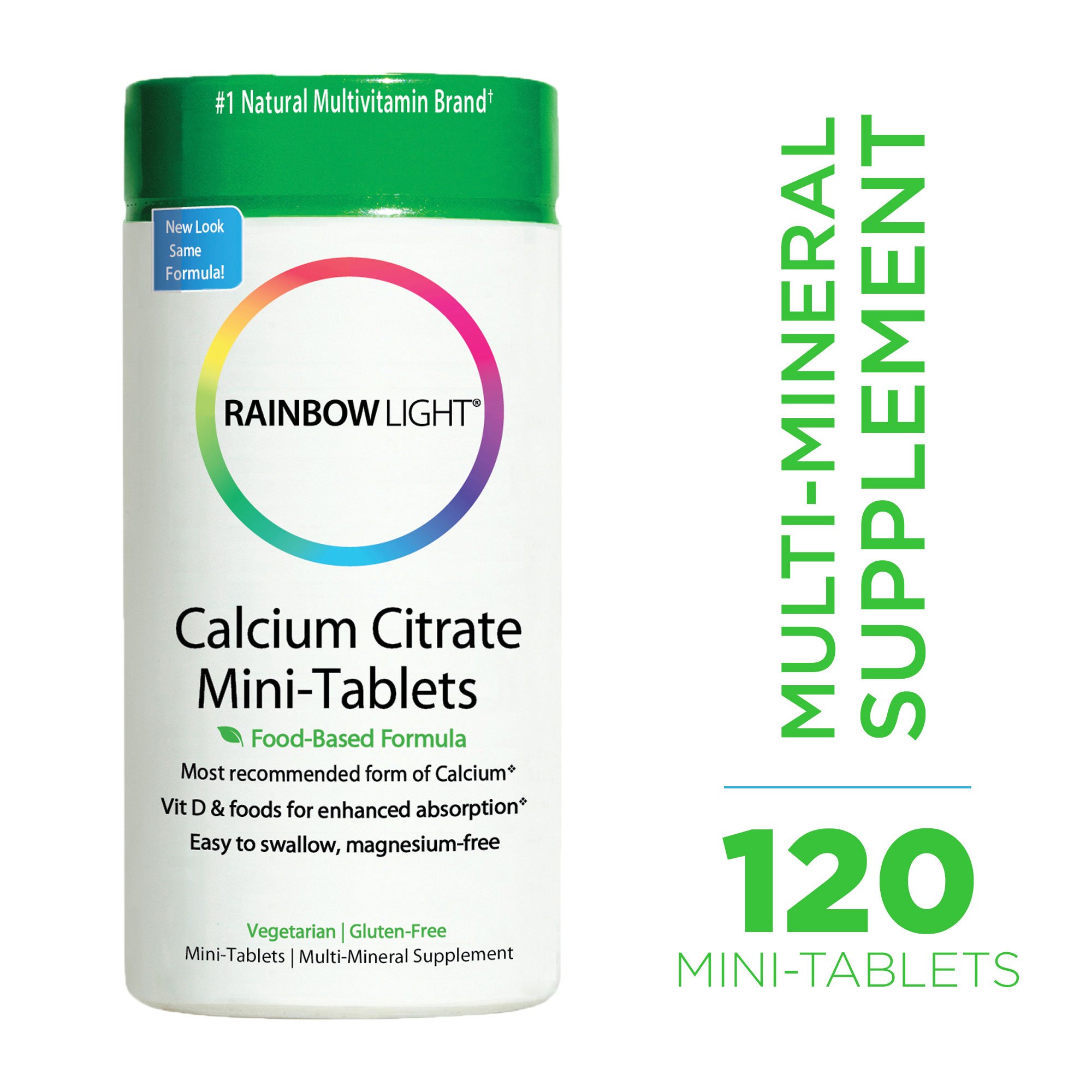

 It is especially useful for improving hygiene in hard-to-reach areas. People who wear braces, crowns, bridges cannot do without it.
It is especially useful for improving hygiene in hard-to-reach areas. People who wear braces, crowns, bridges cannot do without it. Remember to consume eggs, nuts, seafood, and dates regularly.
Remember to consume eggs, nuts, seafood, and dates regularly.